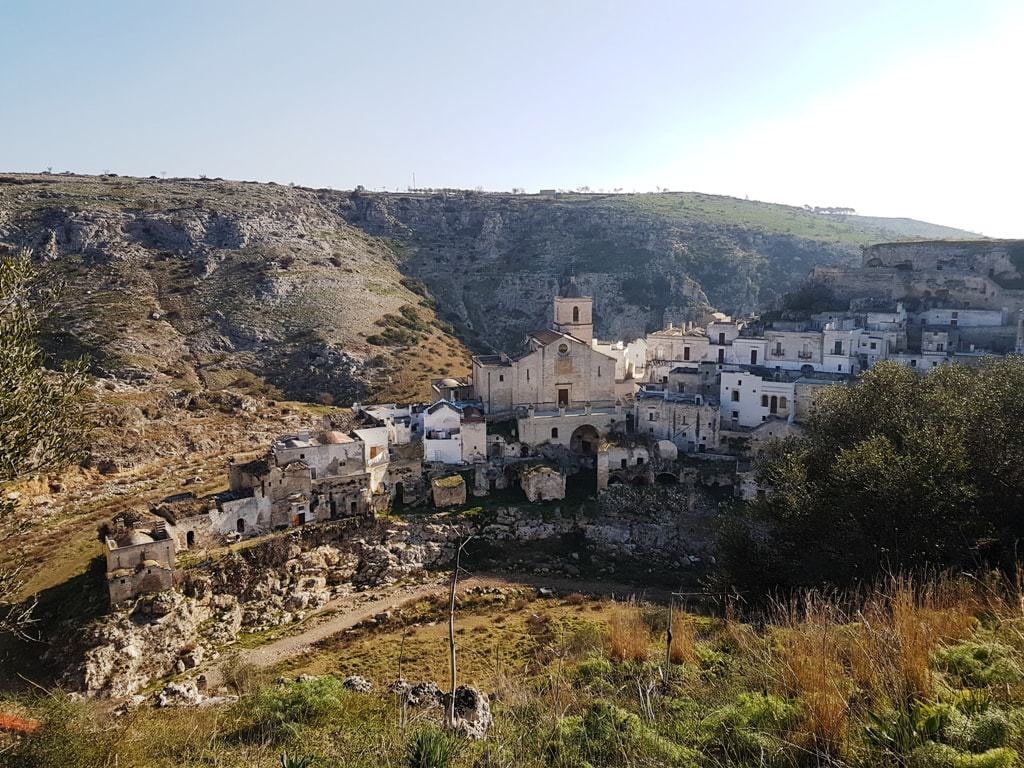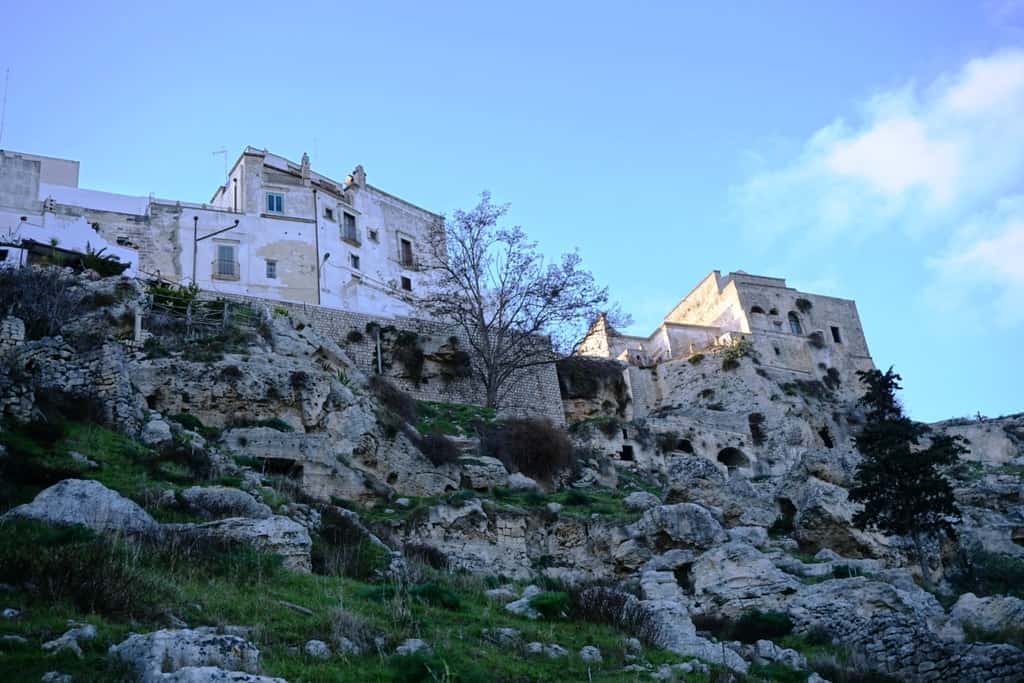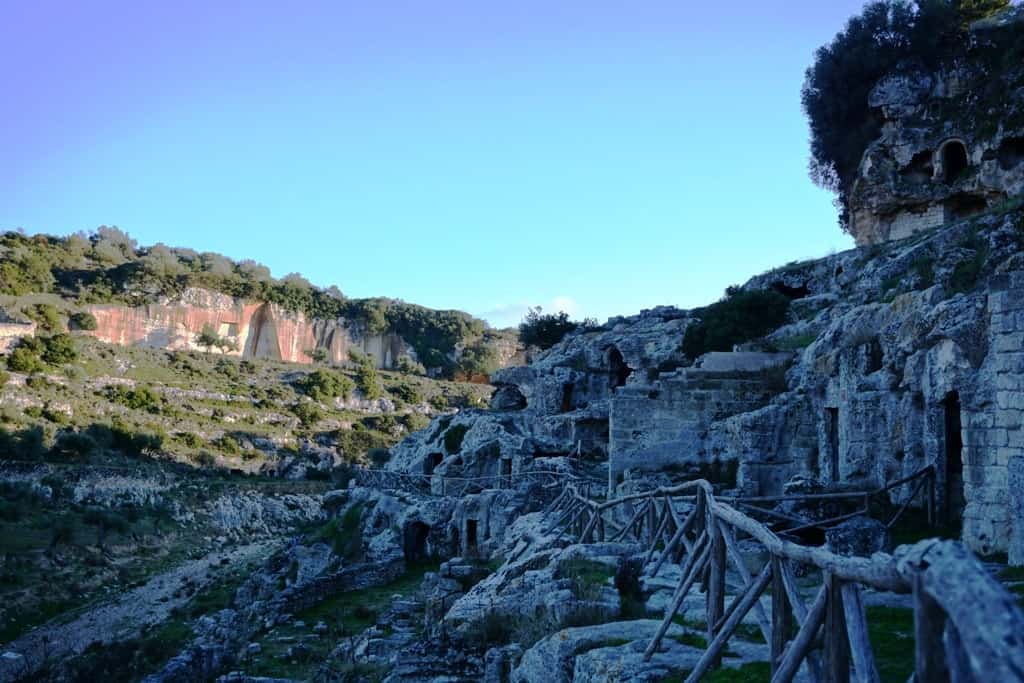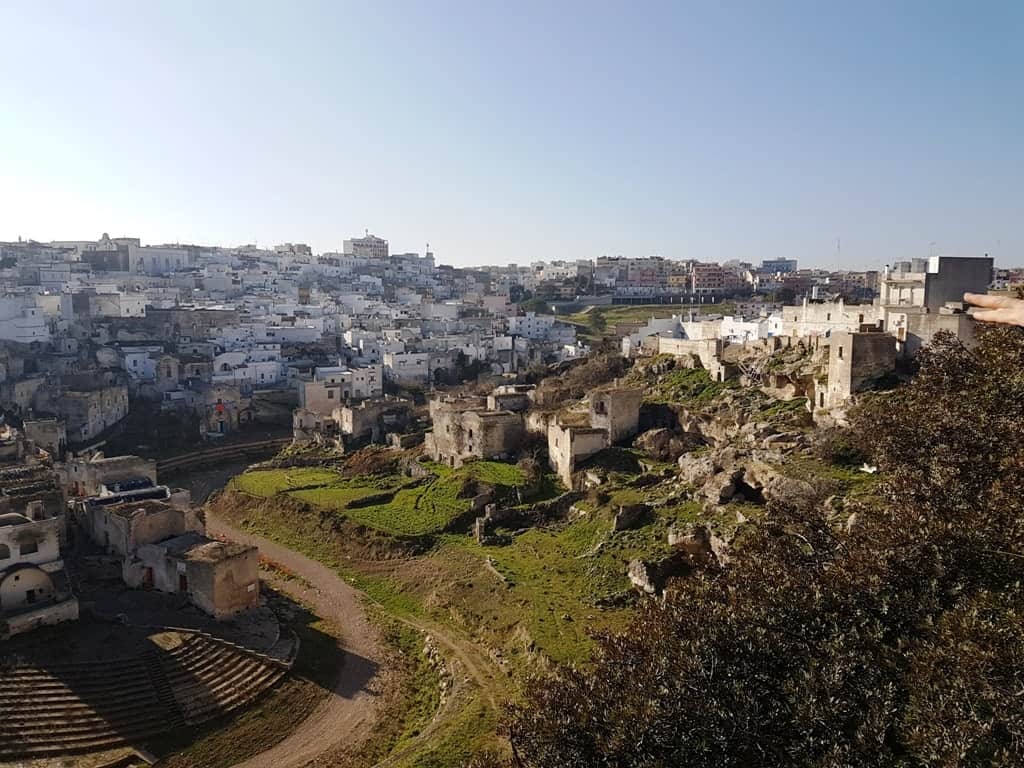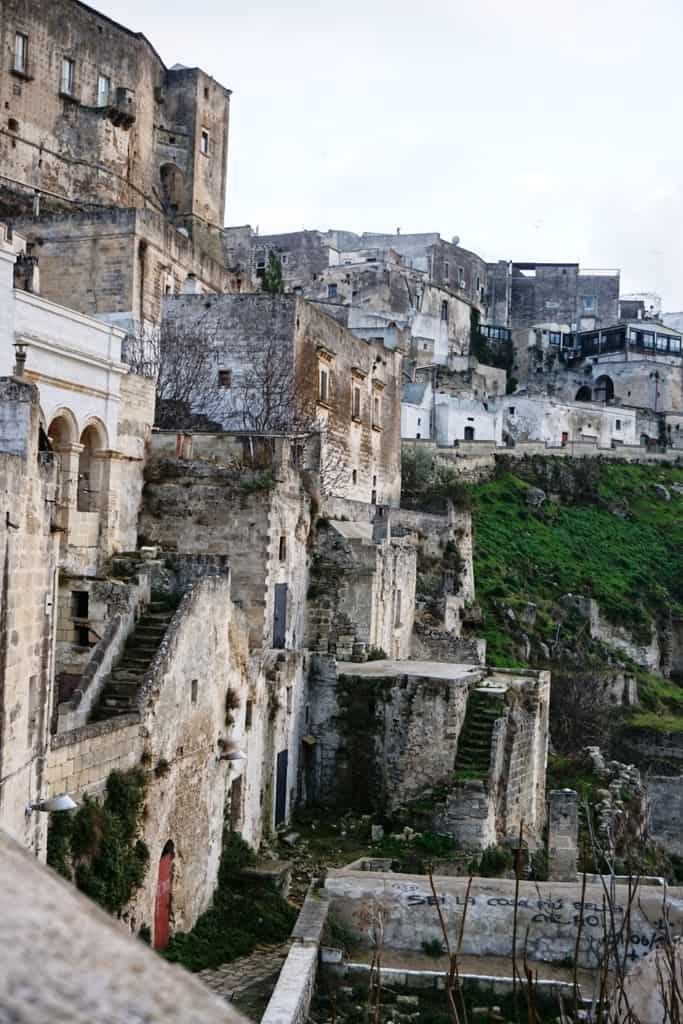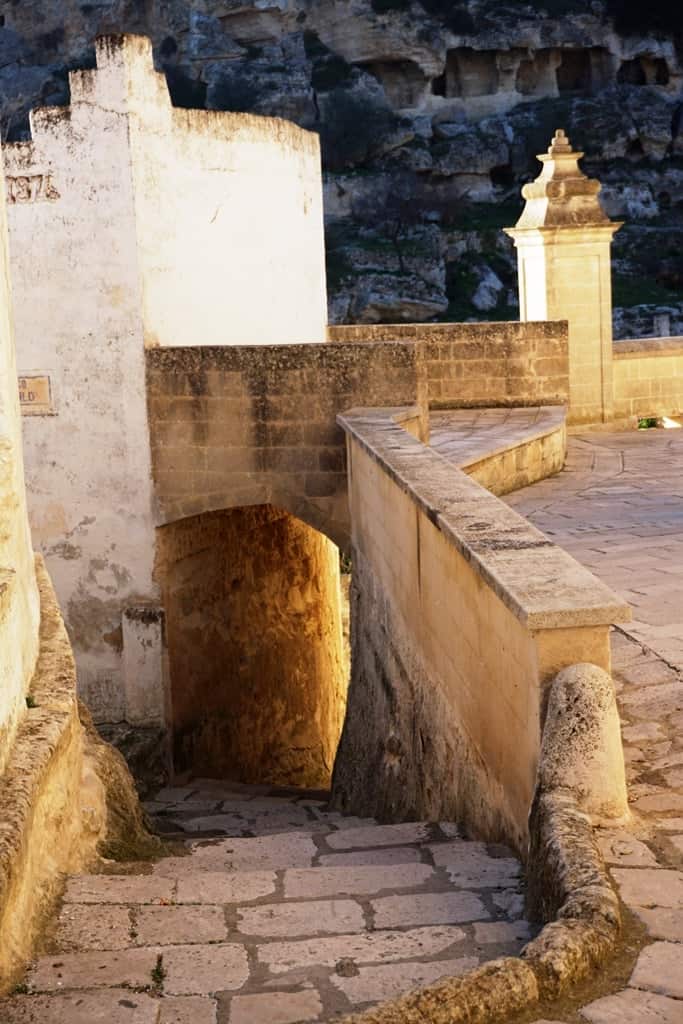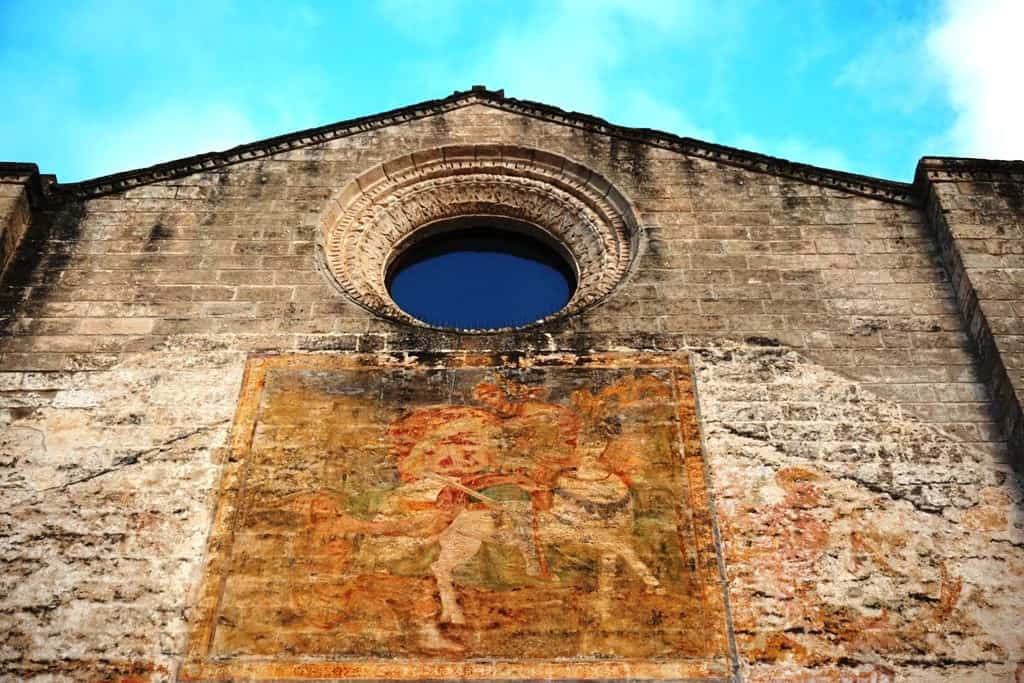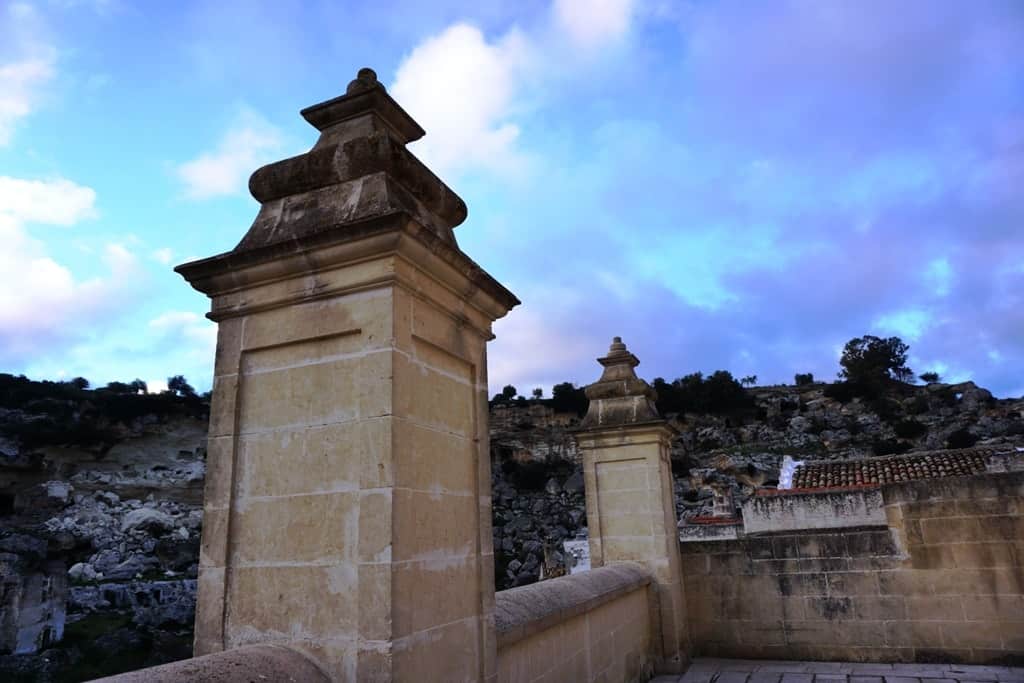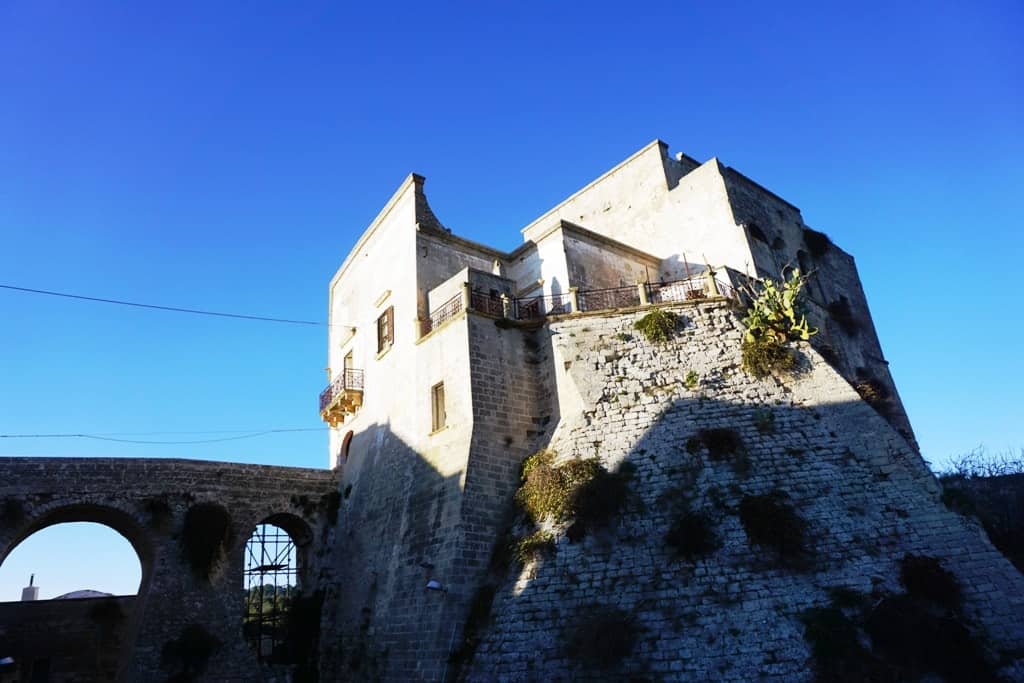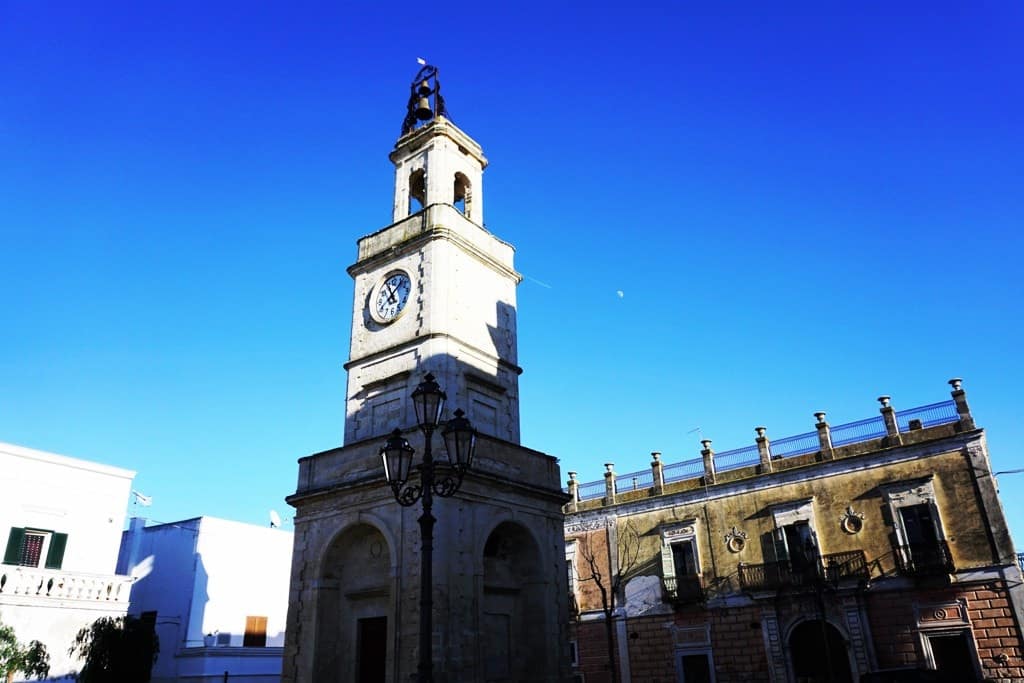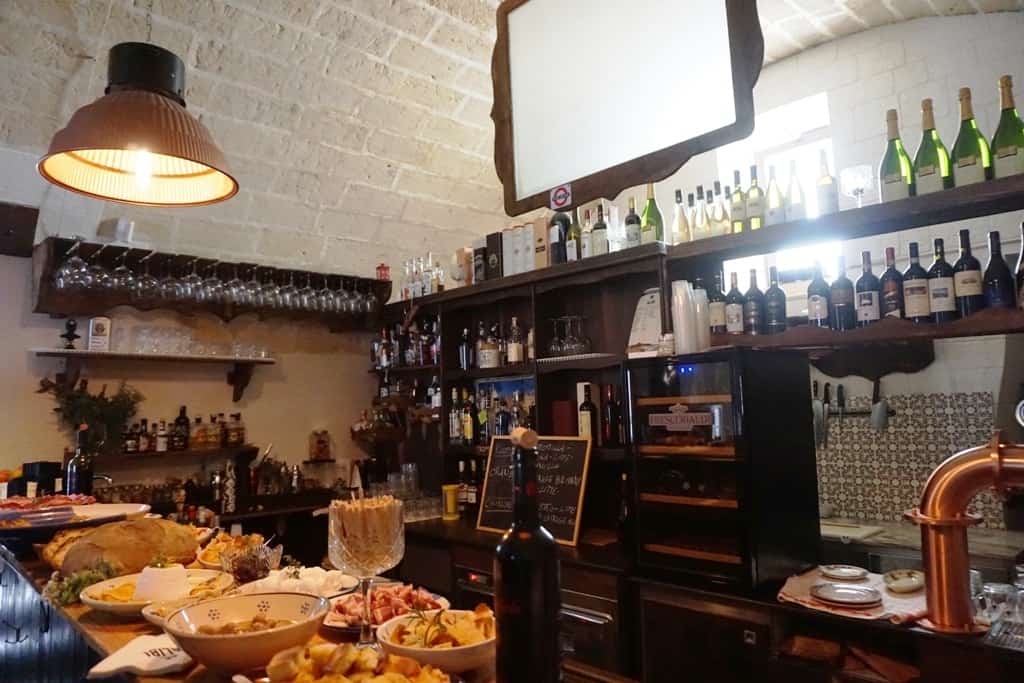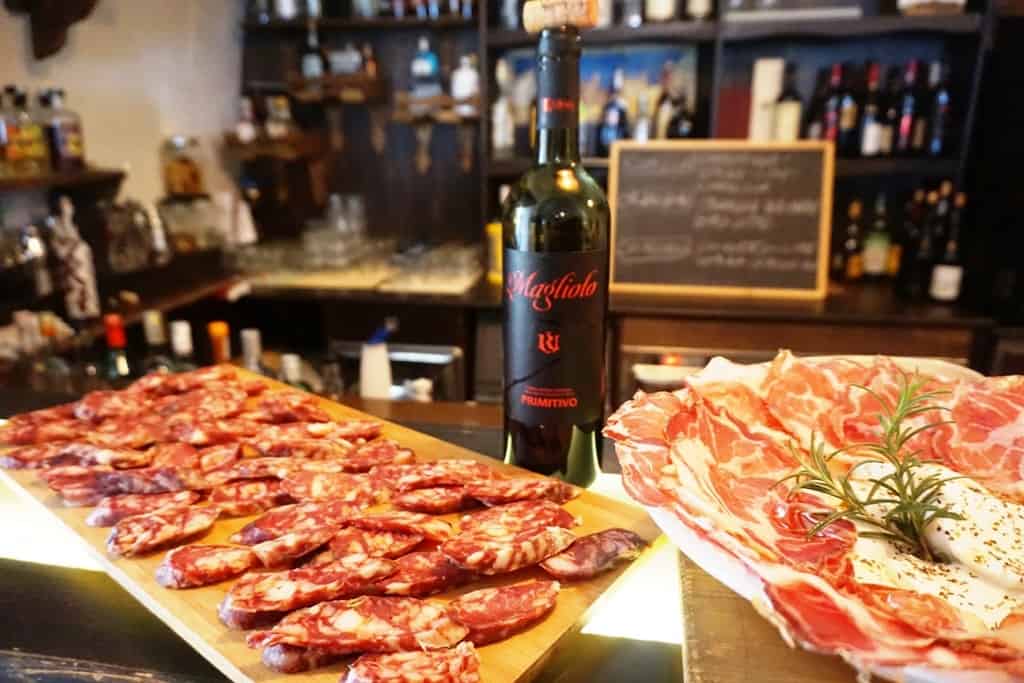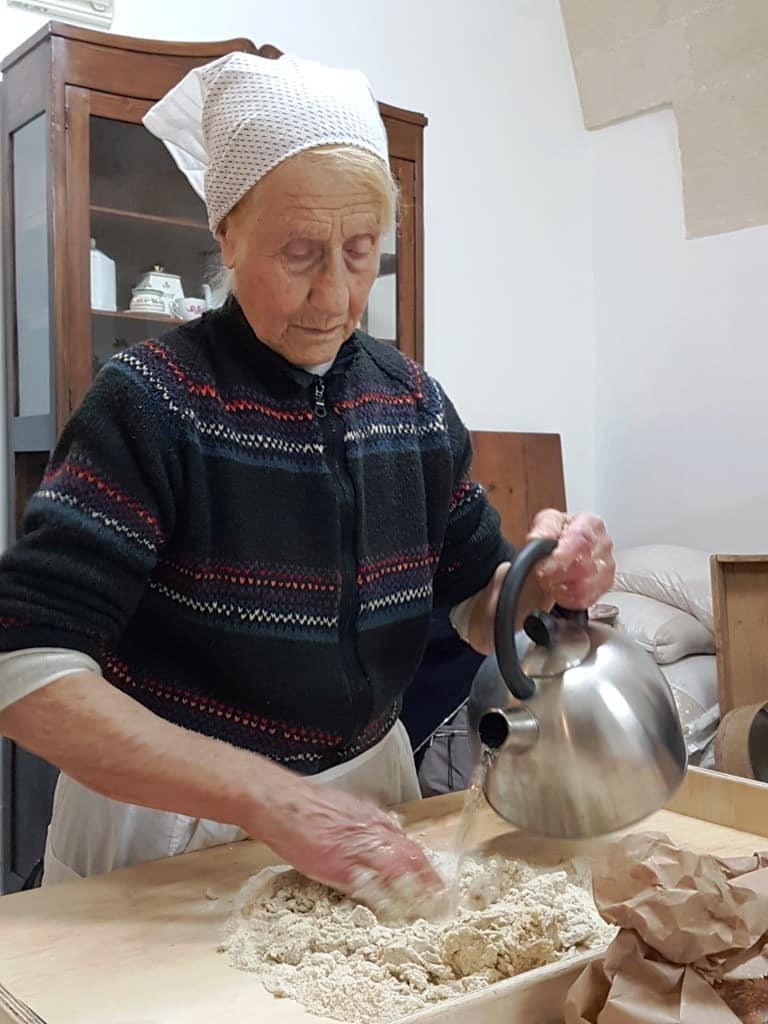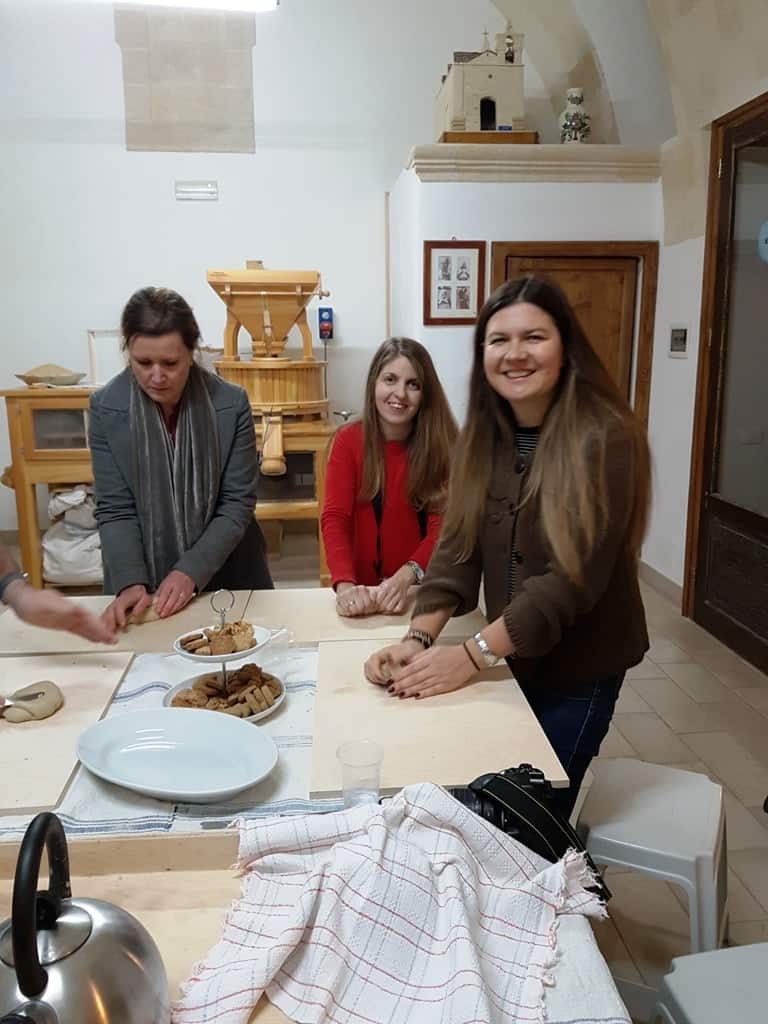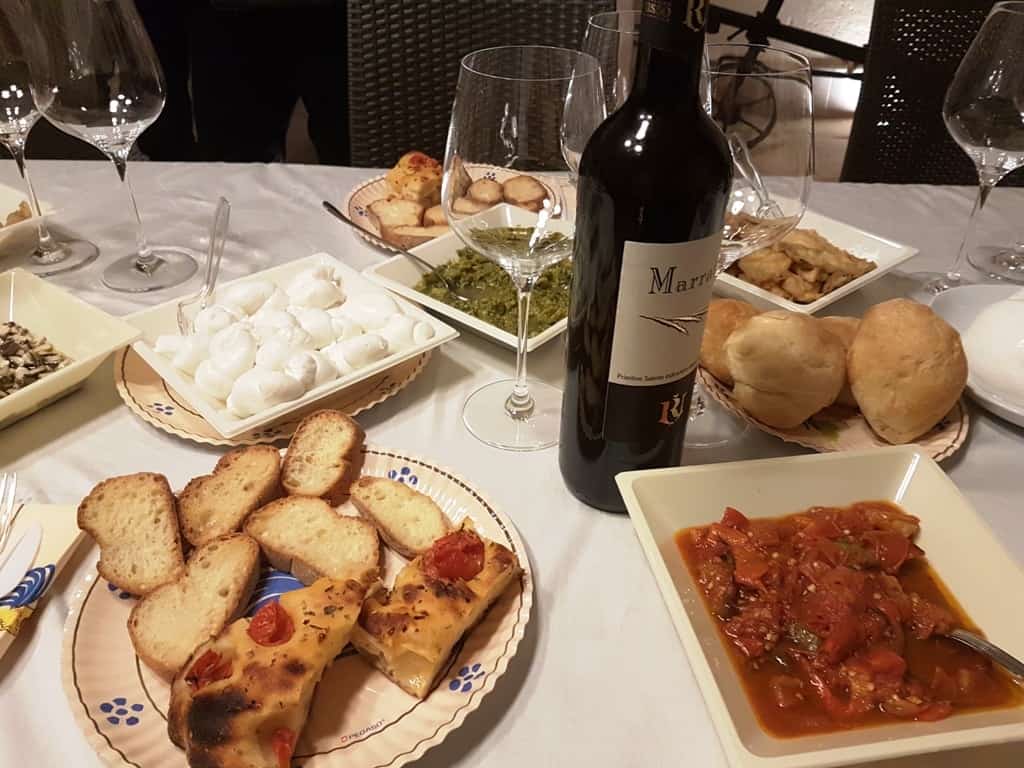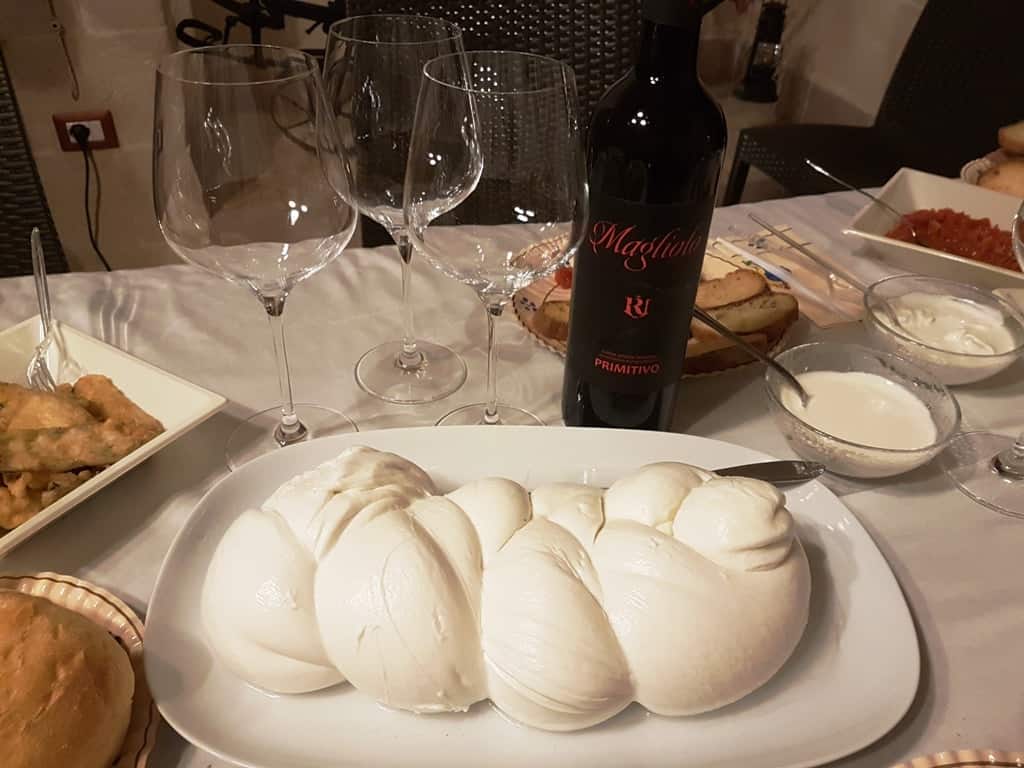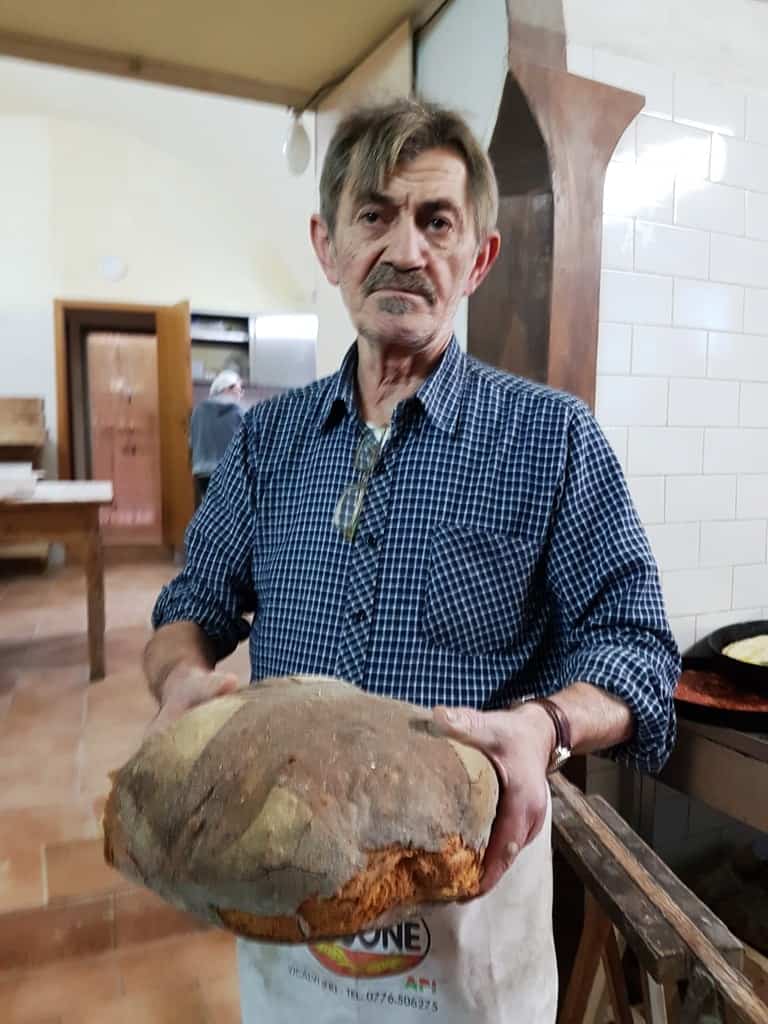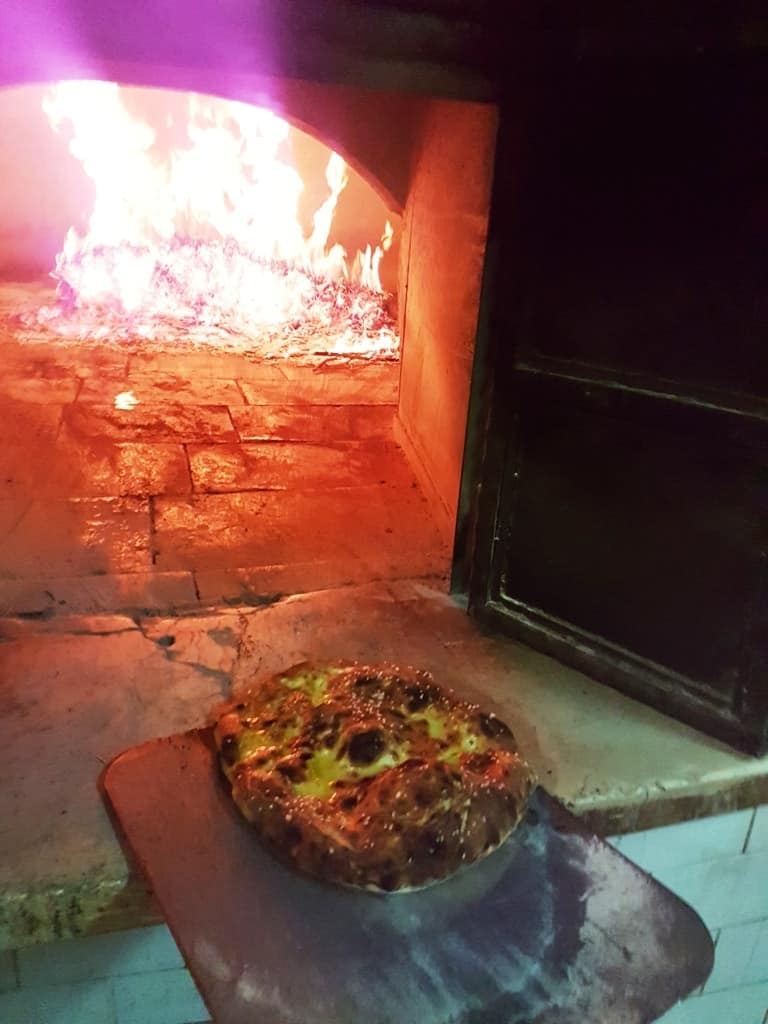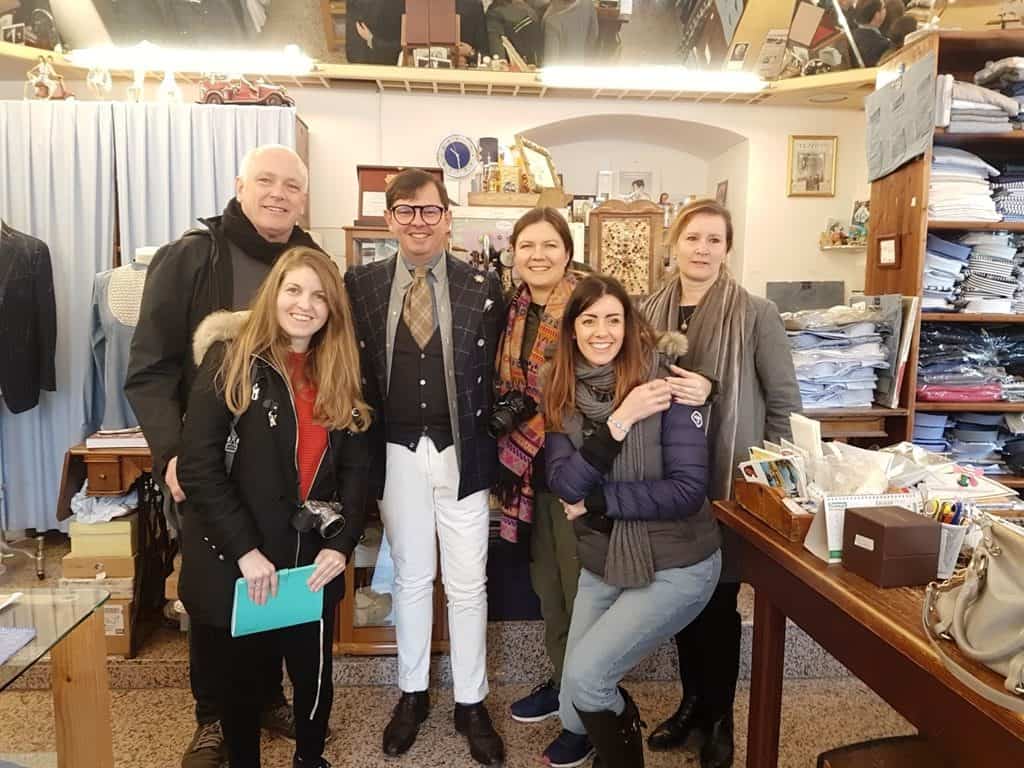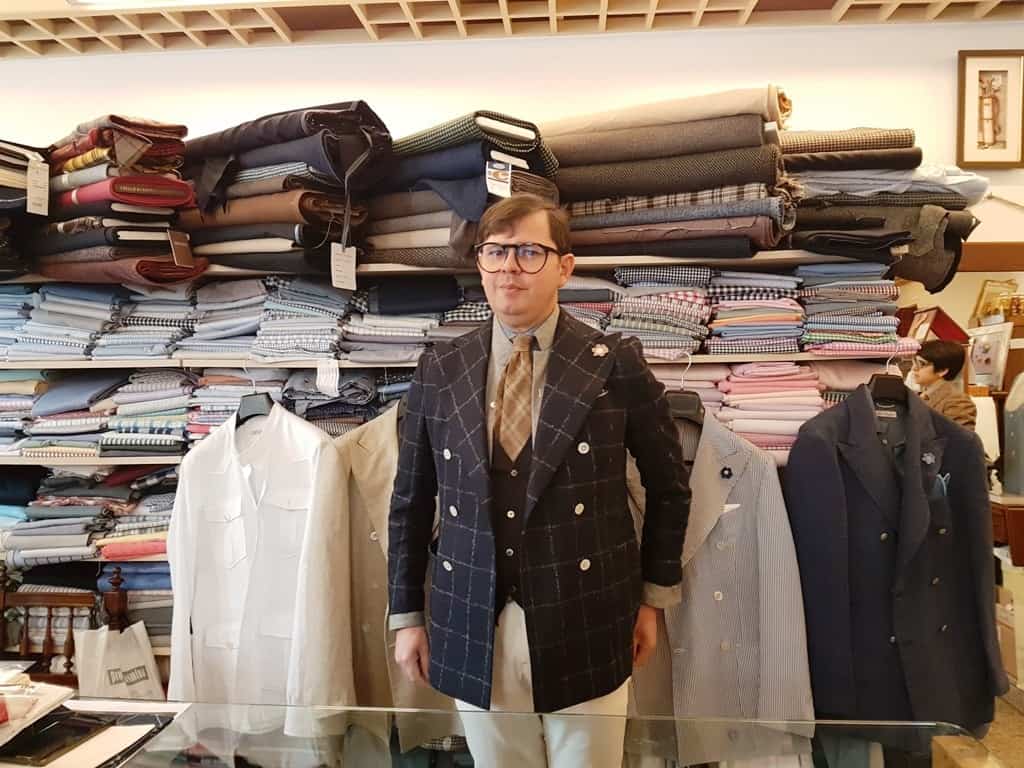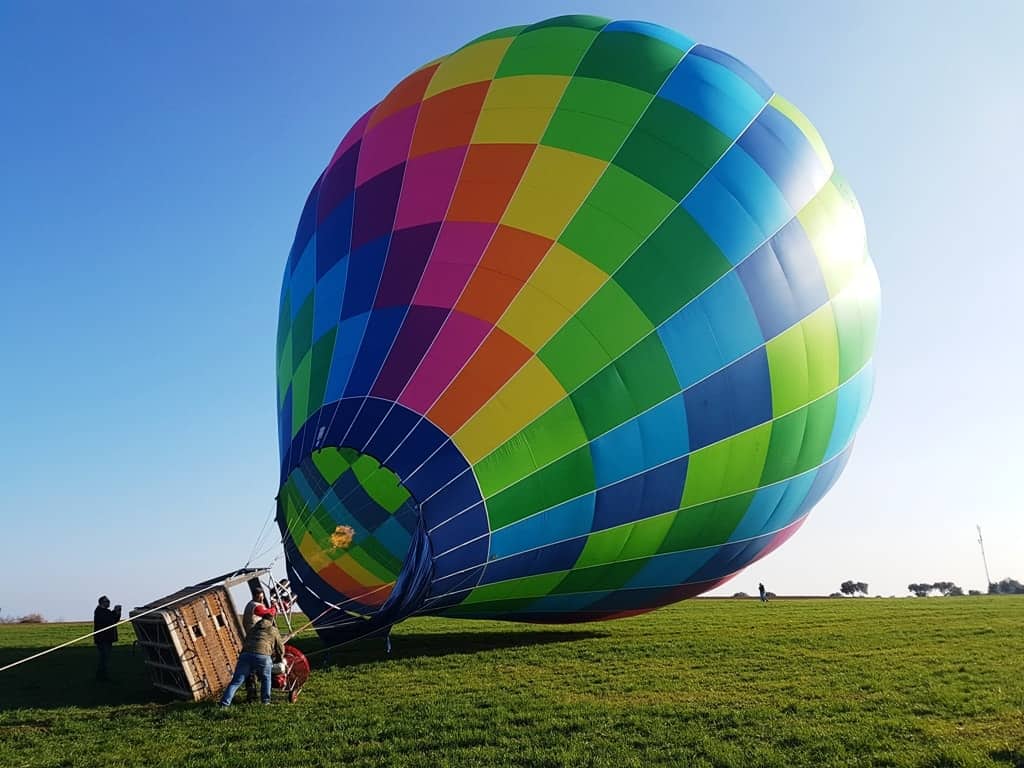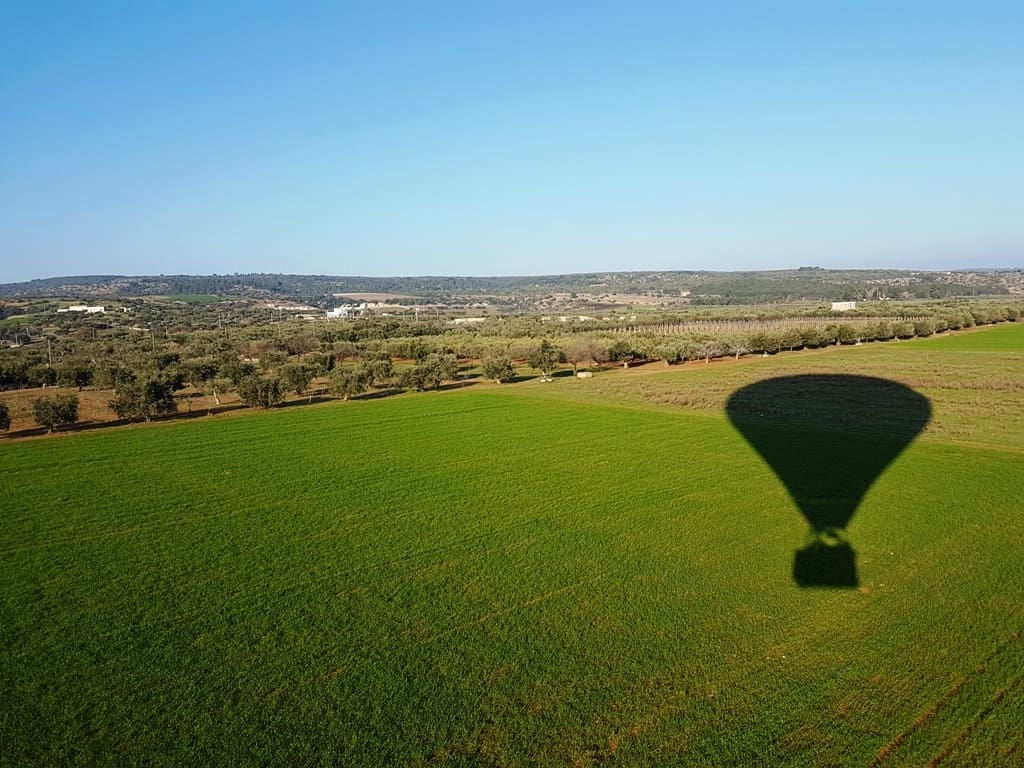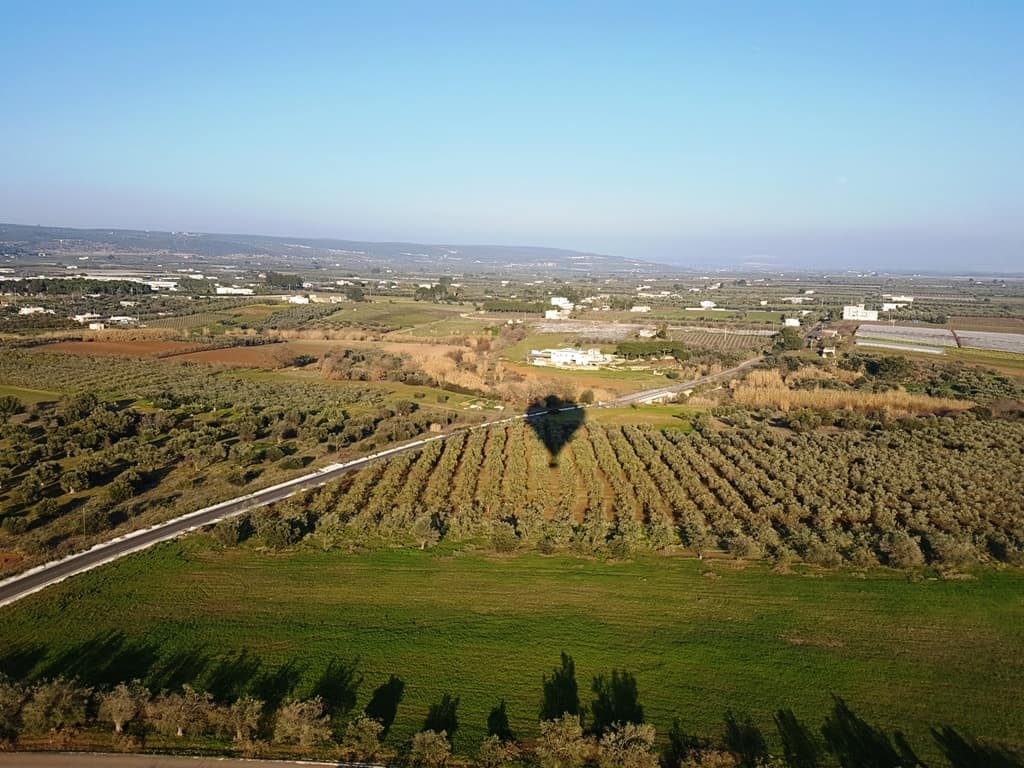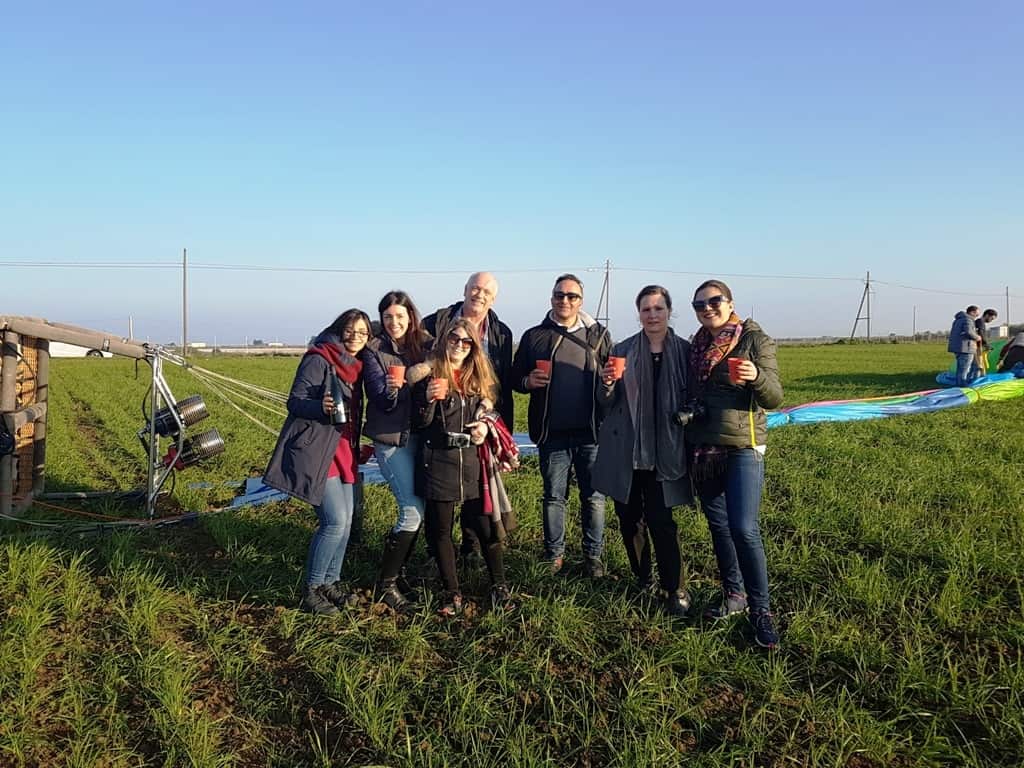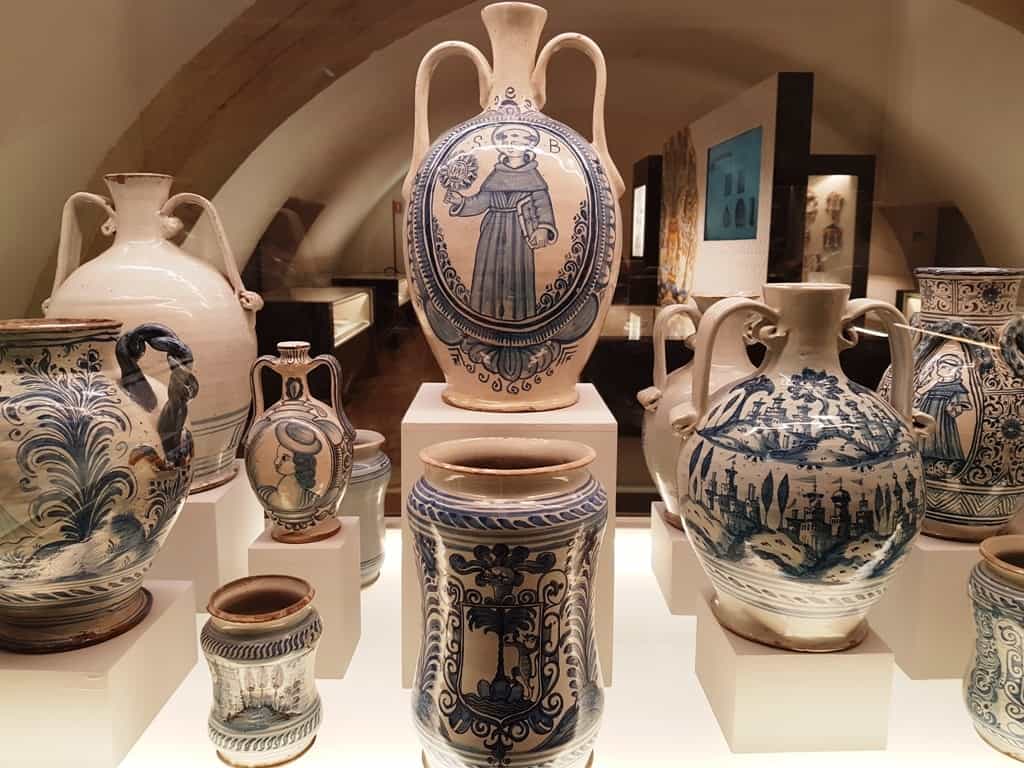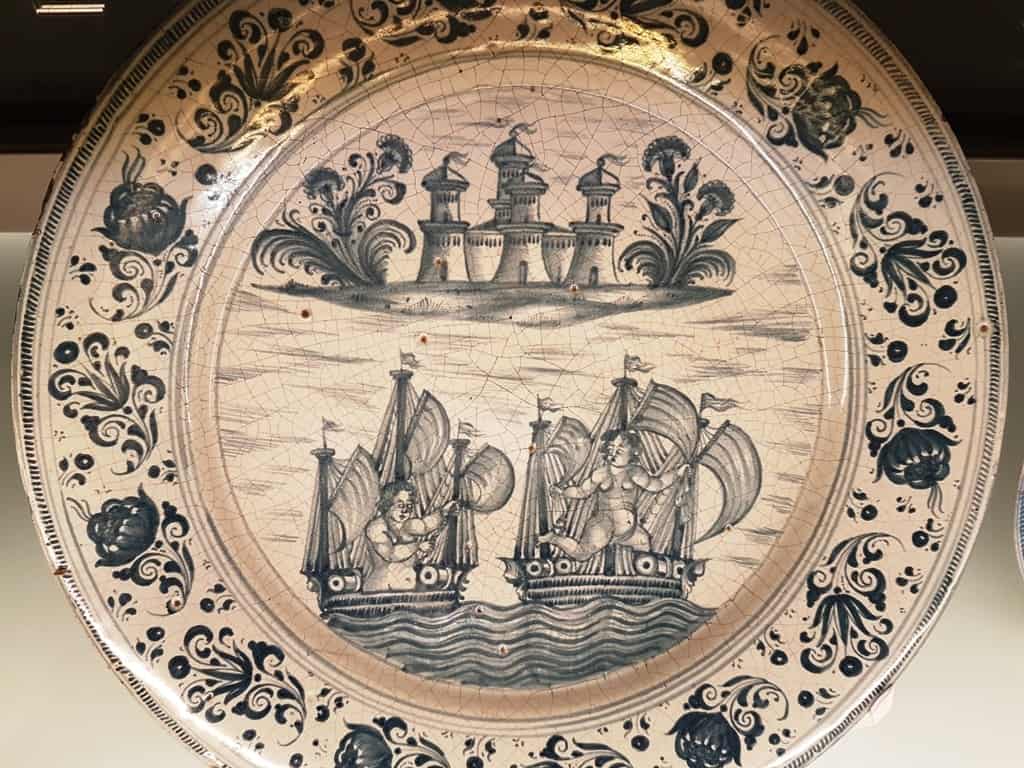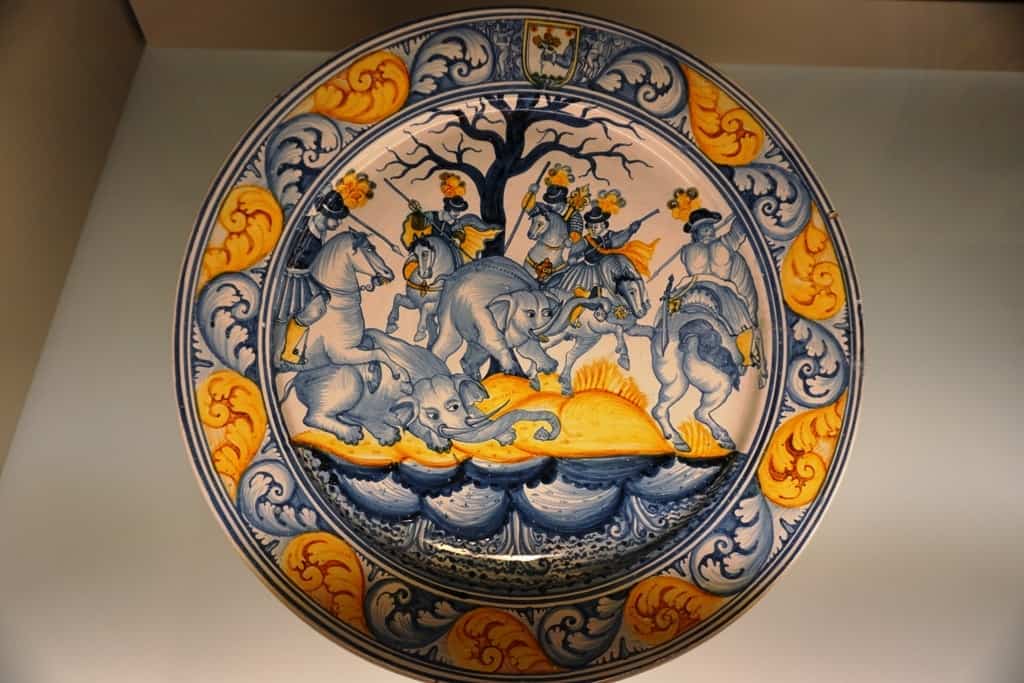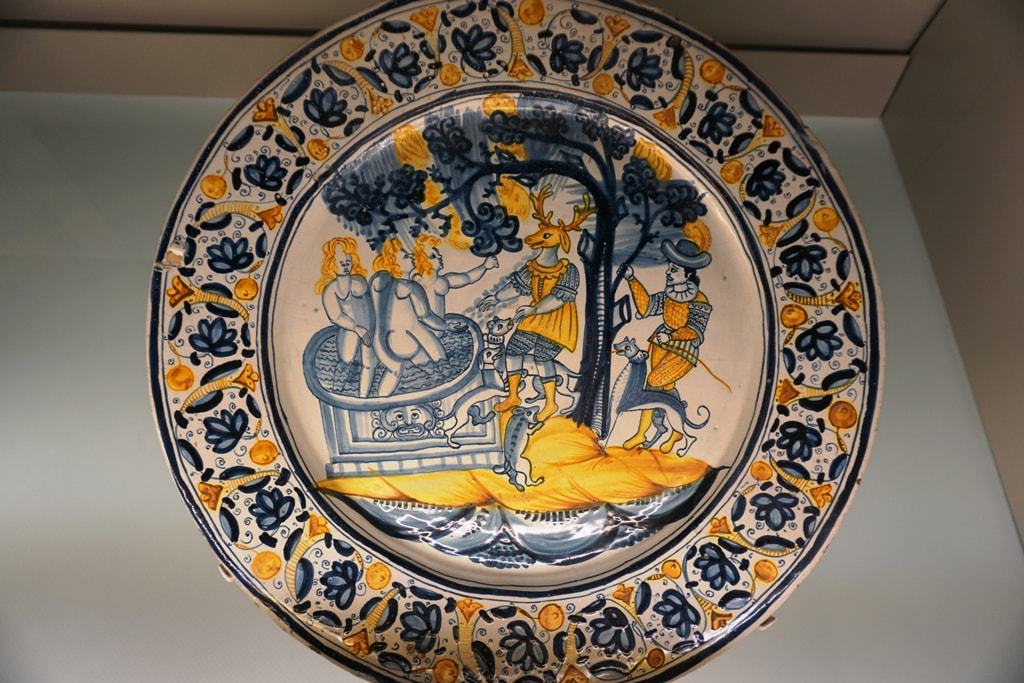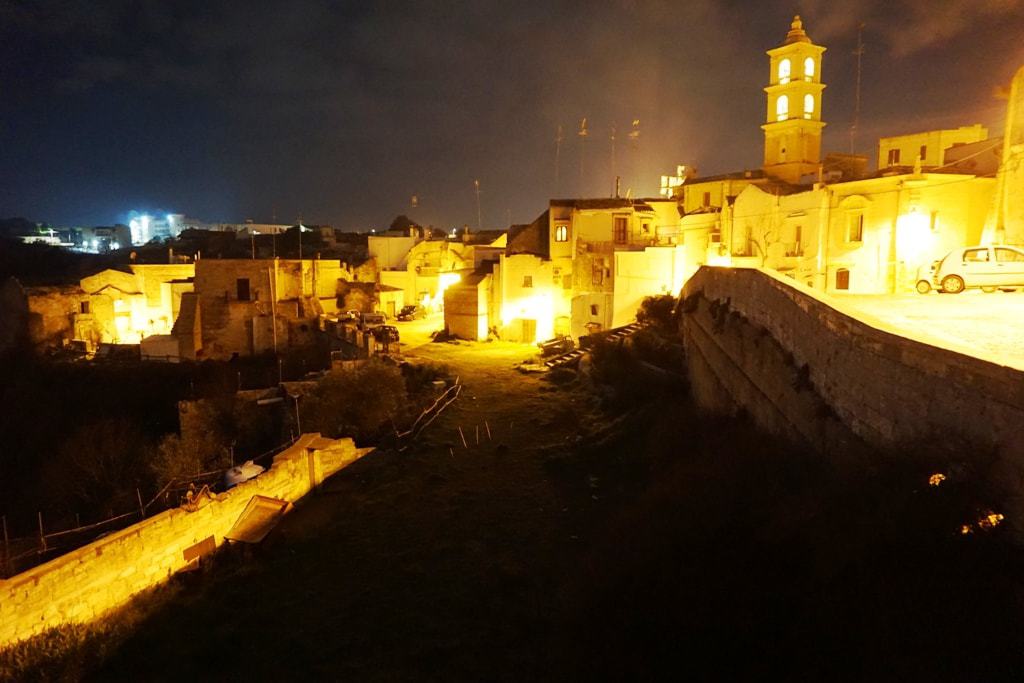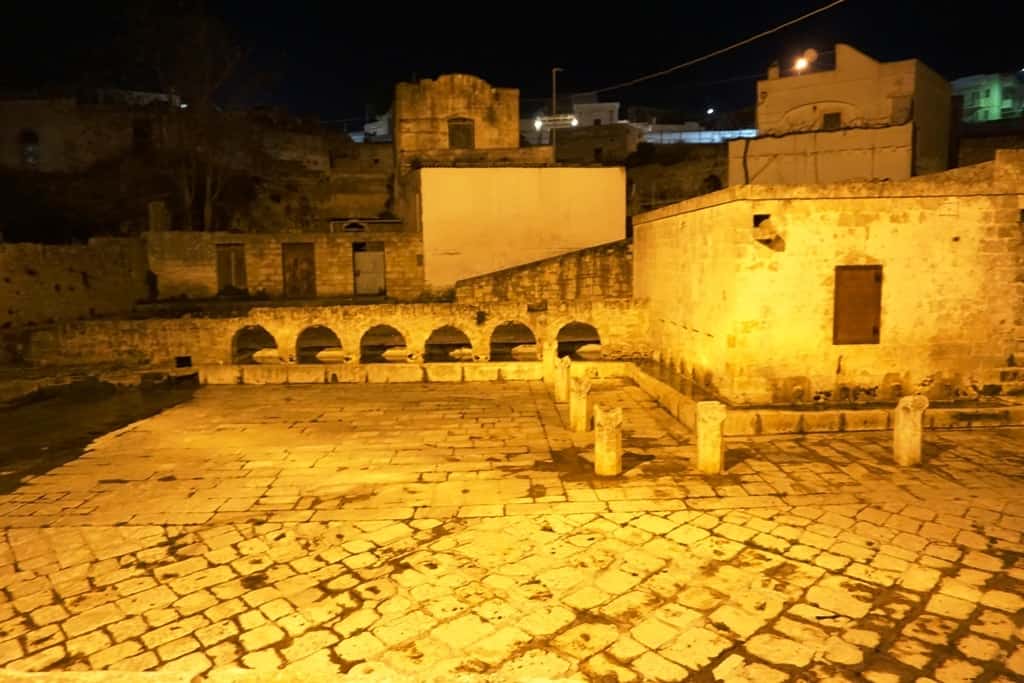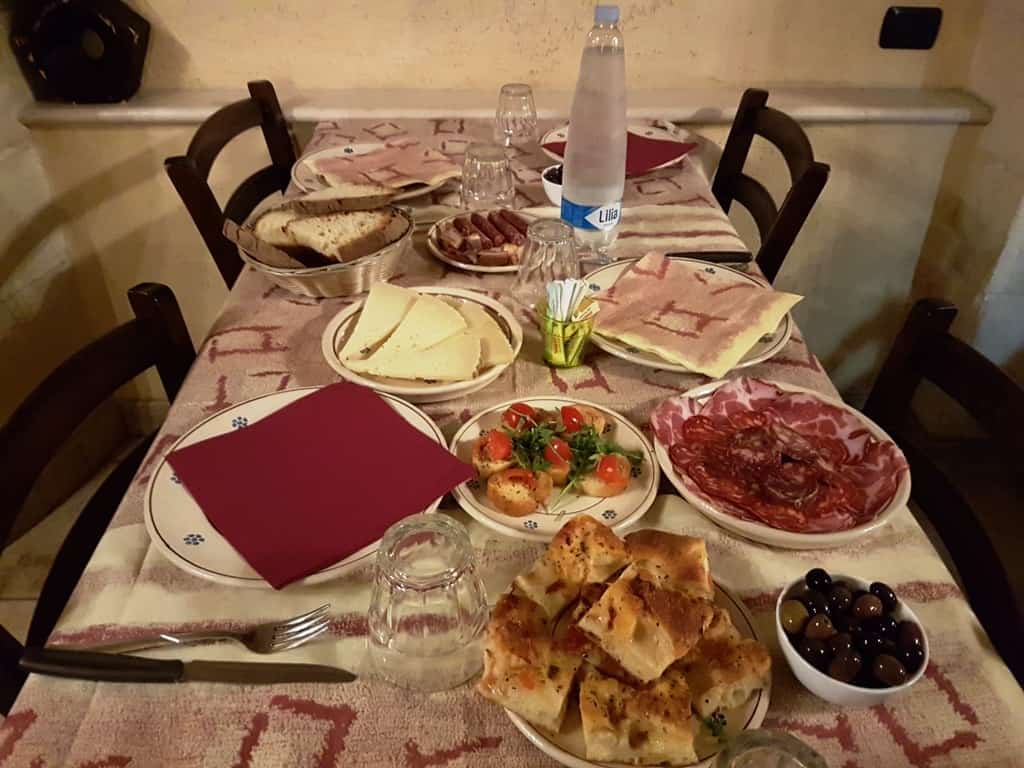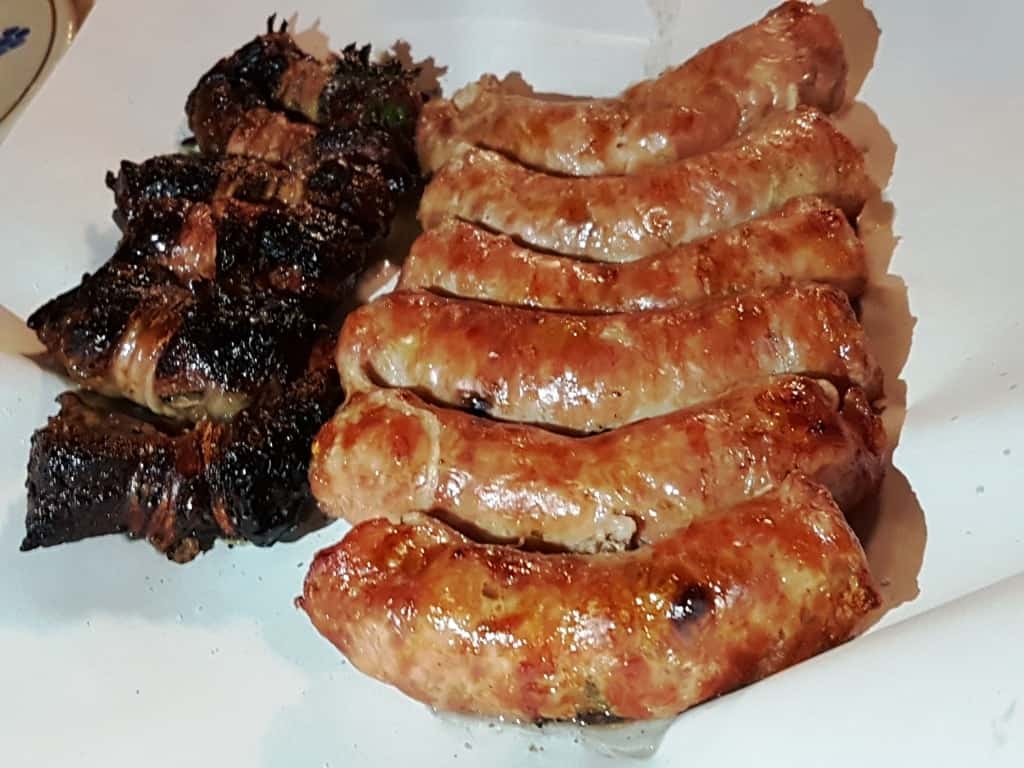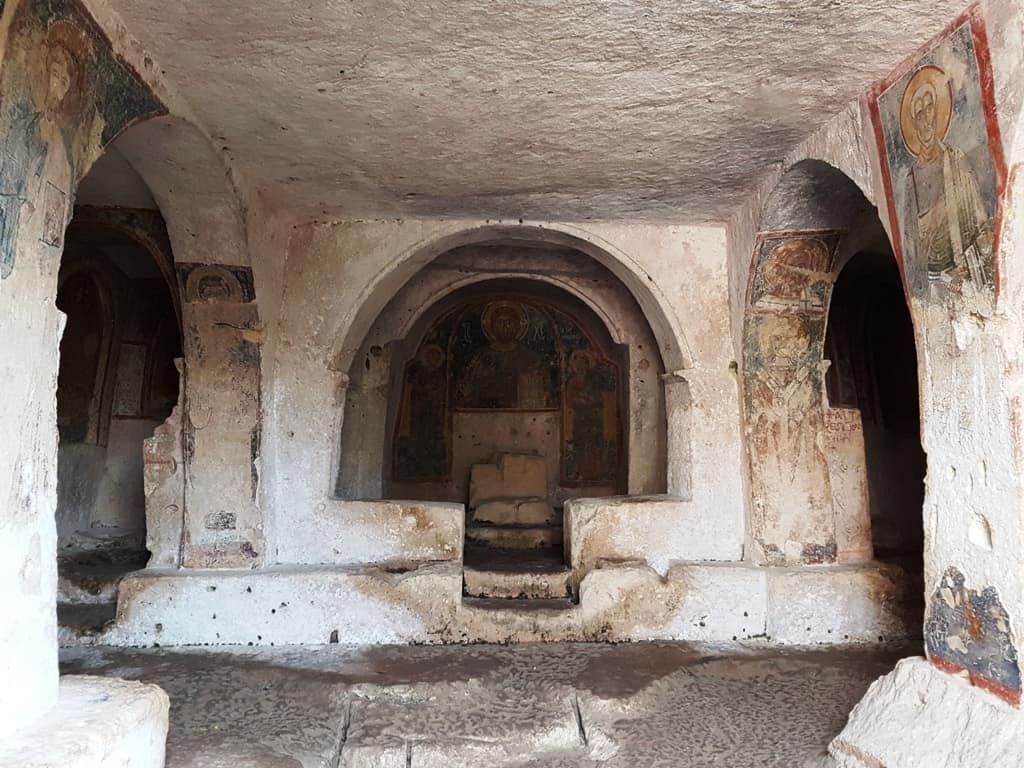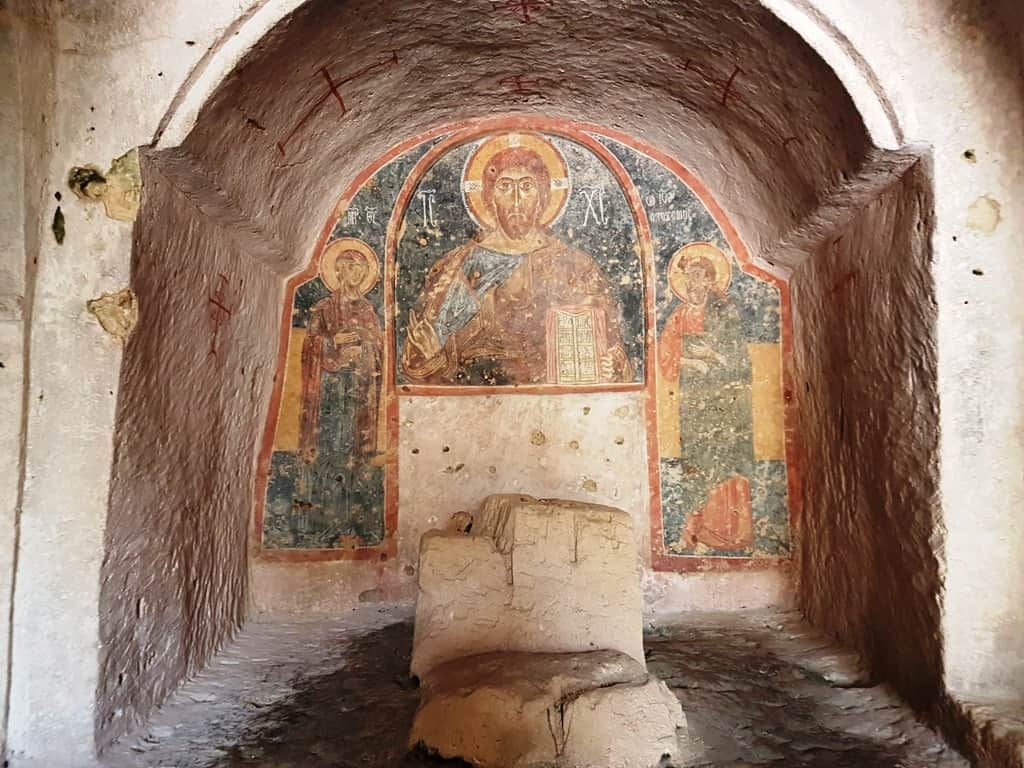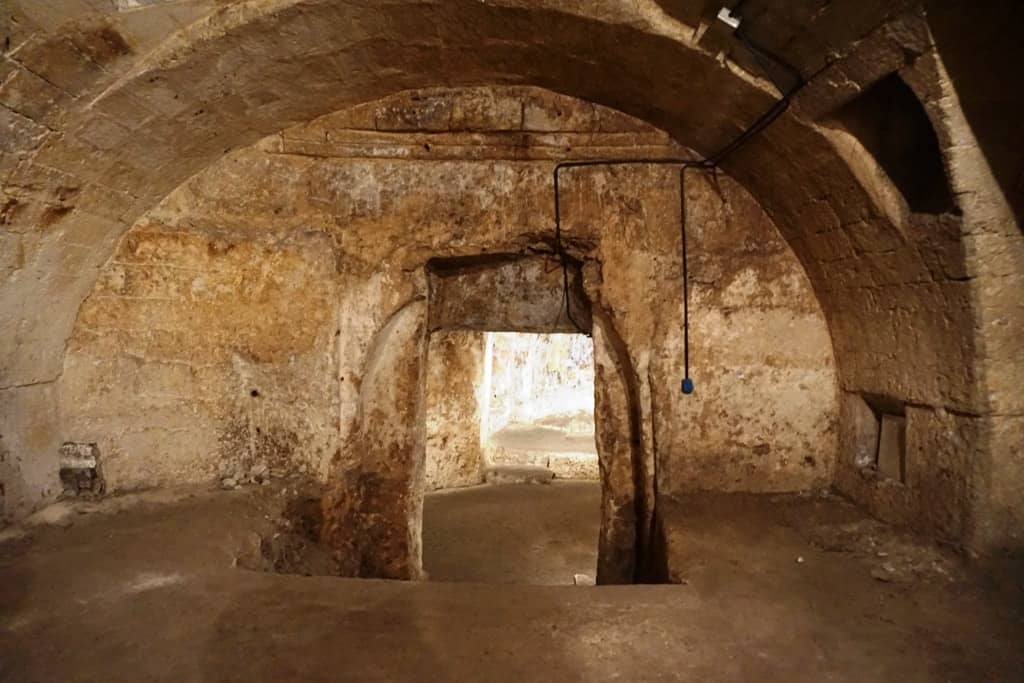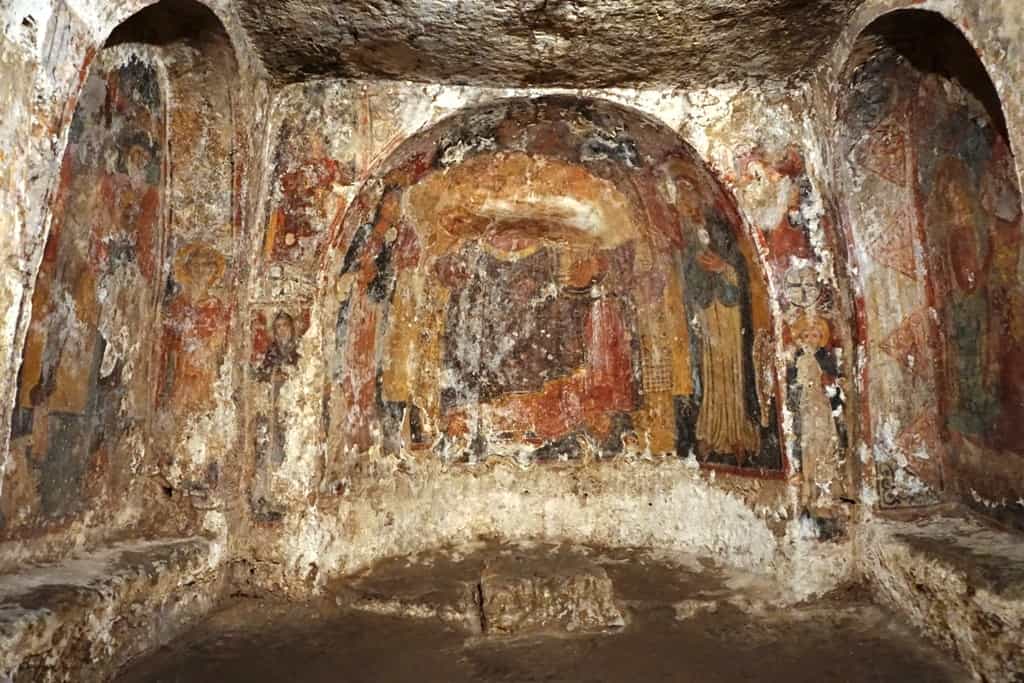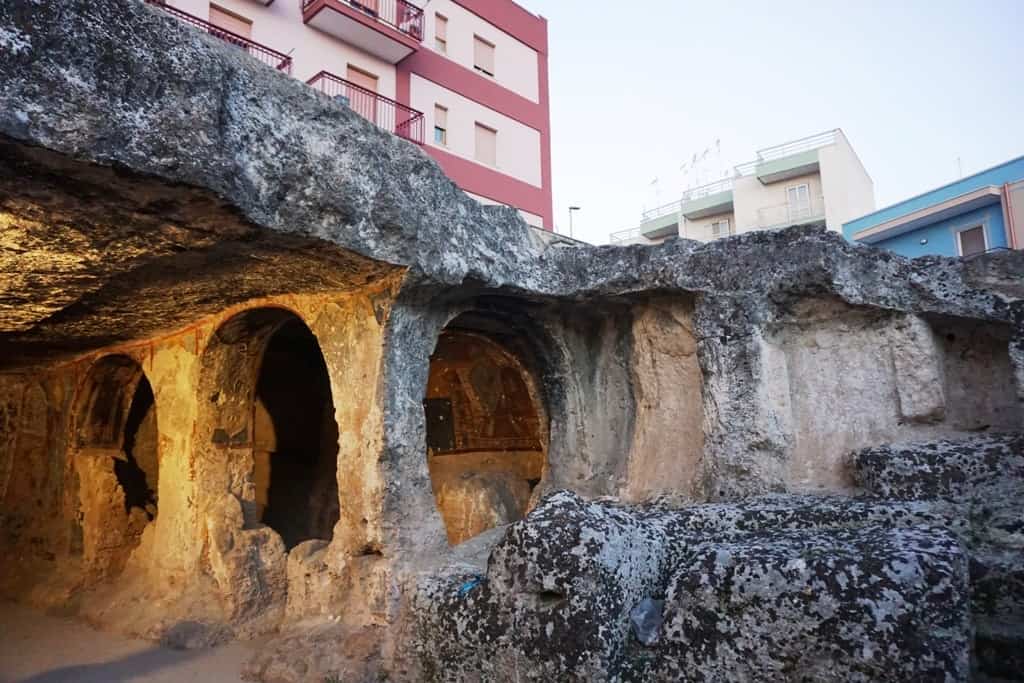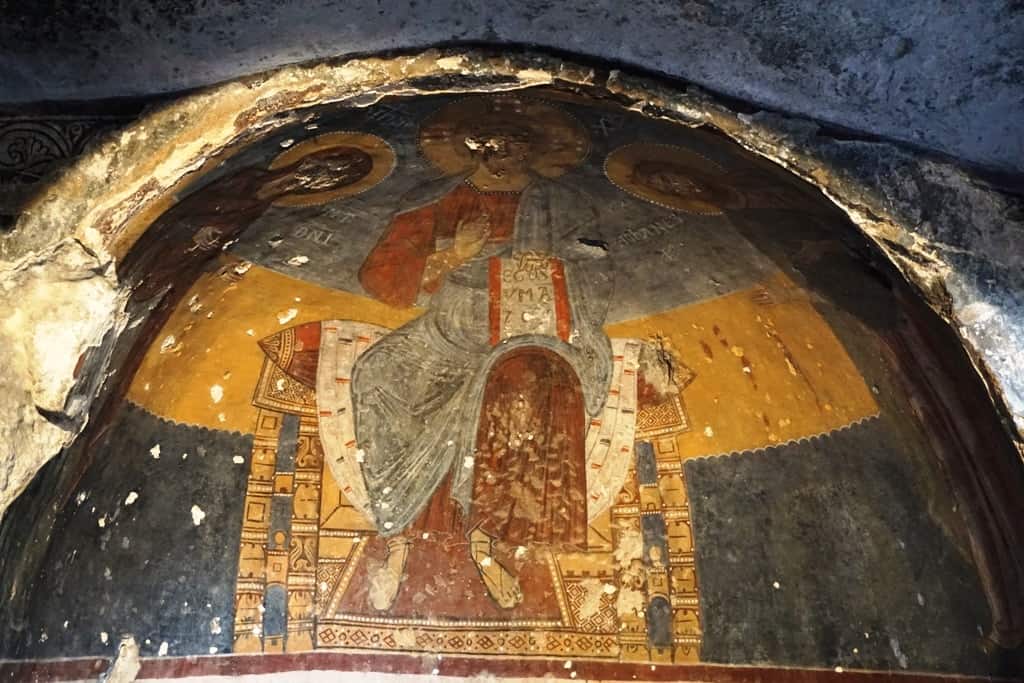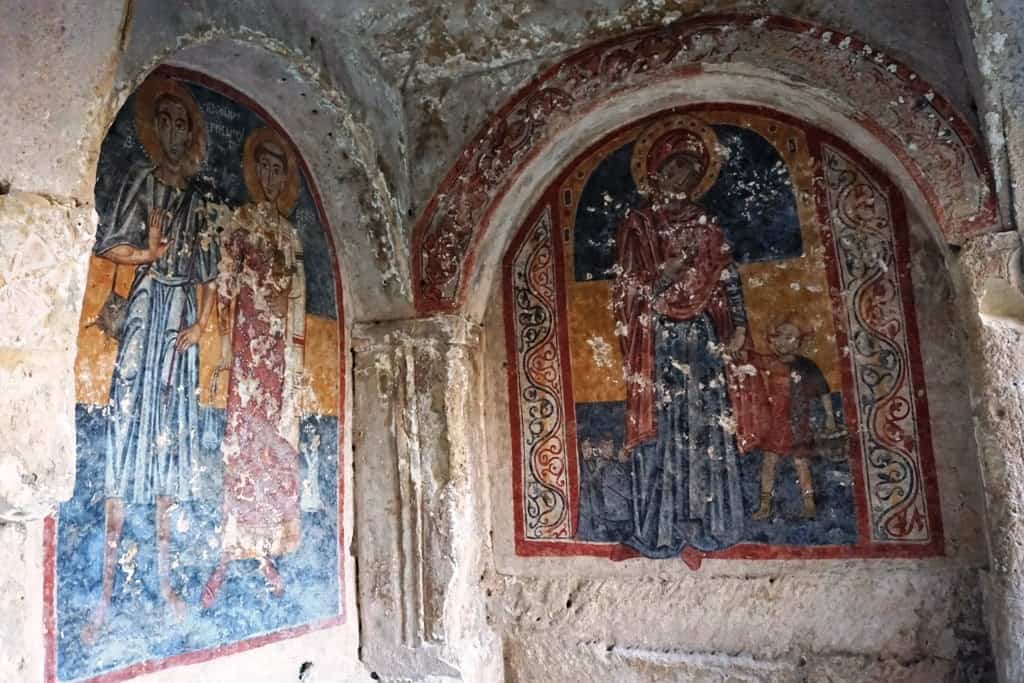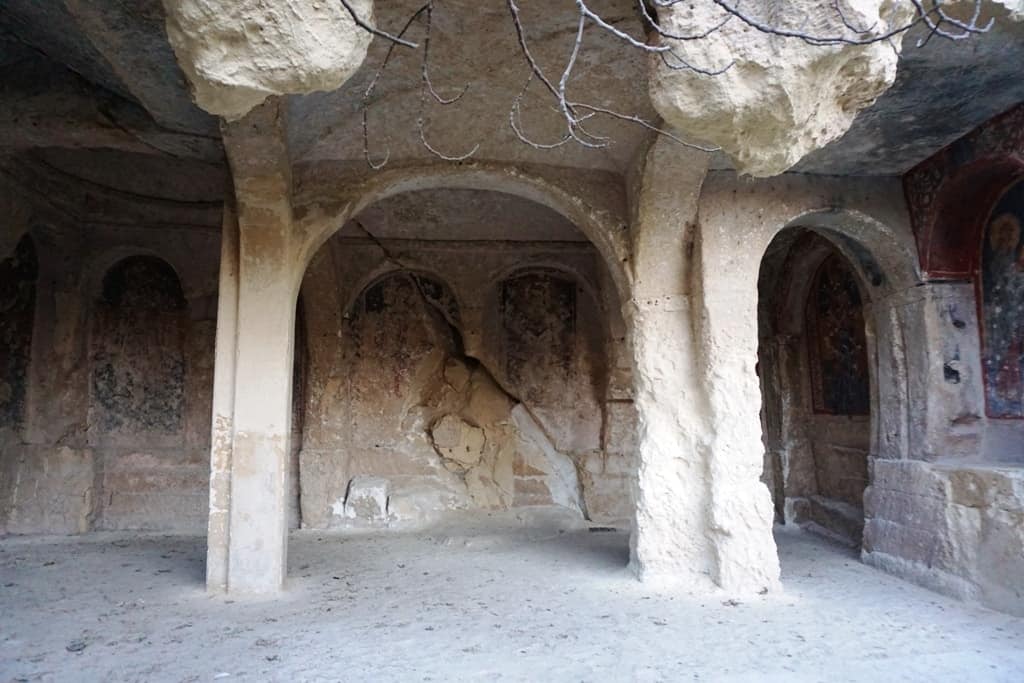Italy’s Puglia region, located in the southeastern part of the country in the heel, is known for its deep ravines, cave dwellings, and rich history. It is bordered by the Adriatic Sea, the Ionian Sea, the Gulf of Taranto, and the Strait of Otranto, and has the longest coastline of any Italian province. Puglia’s history is also long and storied. Over the millennia, Mycenaeans, Greeks, Romans, Ostrogoths, Byzantines, Normans, Sicilians, French, Turks, Spanish, Austrians, Venetians, and Italians have laid claim to this strategically located region. All left a significant imprint in Puglia, from cultivated fields to imposing structures to Baroque churches. Every town in Puglia can trace its heritage back to one or more of the invaders and colonisers.
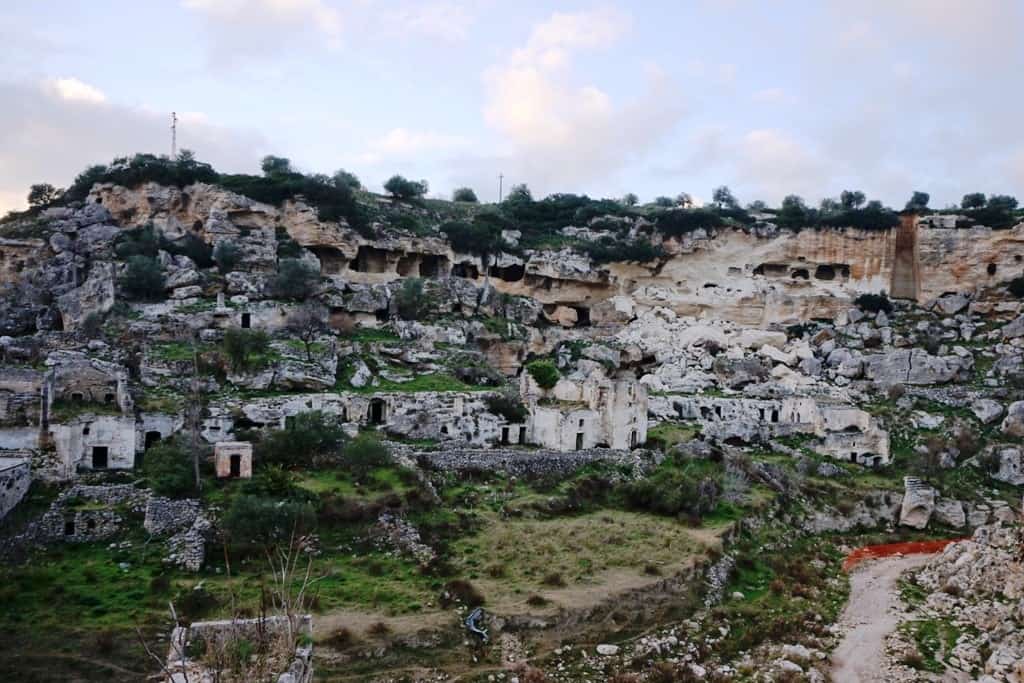
One significant characteristic of the Puglia region is the landscape. Comprised mainly of soft volcanic rock, the deep ravines (gravine in Italian) and high plateaus were the perfect place for early civilisations to construct dwellings within the intricate cave systems. There is evidence of human habitation – churches, monasteries, hermitages, and houses – from the Paleolithic Era into modern day. The rock-hewn churches and dwellings are a must see on your visit to Puglia, as they can be accessed from most small towns and major cities.
The capital city of the province is Bari, located on the eastern coast. However, during my recent trip to Puglia , we stayed and explored off the beaten track in Ginosa, Laterza, Mottola, Massafra, and Taranto. Most of our guided tours were hosted by the Info Points in each town unless otherwise noted. Here is what we experienced.
Table of Contents
Attractions and Experiences in Ginosa
Ginosa, which is just east of Matera and about an hour south of Bari, is famous for its cave settlements.
Our tour with Info Point Ginosa took us through the caves along the ravine that wraps around the entire town. Rivolta, one of the settlements, lies south of town on the western edge of the gravine. The complexity of the five-storey rock-hewn urban space is astounding; it comprises dwellings, cisterns, streets, staircases, and gardens. A cult-centric cave system is just east of Rivolta, its frescoes indicative of its medieval purpose. There are also churches within the cave system.
Other highlights of the tour included the Chiesa Madre, or Mother Church, Torre dell’Orologio, the clock tower, and the Castello Normano, or Castle of the Normans. The castle is one of the most important monuments in town, having been built in the 11th century to defend against Saracen invaders. Its tower and drawbridge were destroyed later on, when it became a royal residential palazzo of the Doria family.
In the nearby Piazza Orologio, where the famous clock tower stands, we enjoyed a large sampler platter of Puglia’s regional cuisine at Alibi Drink & Food. We began with primitivo, a local, strong, red wine, and a selection of local meats and cheeses.
These included capocollo, a pork shoulder cut which some liken to a cross between prosciutto and sausage, a salami with black pepper and fennel, and local cow milk cheeses. We also tasted bread balls, which are day-old bread dipped in egg and fried. This unique dish eliminates food waste by simply using various ingredients to make different dishes. Pugliesi use a lot of fruit and vegetables in their cooking; a regional speciality is aubergine preserved in olive oil, garlic, and mint. We also tasted a paste of turnip greens, served on fresh bread, and wild onions.
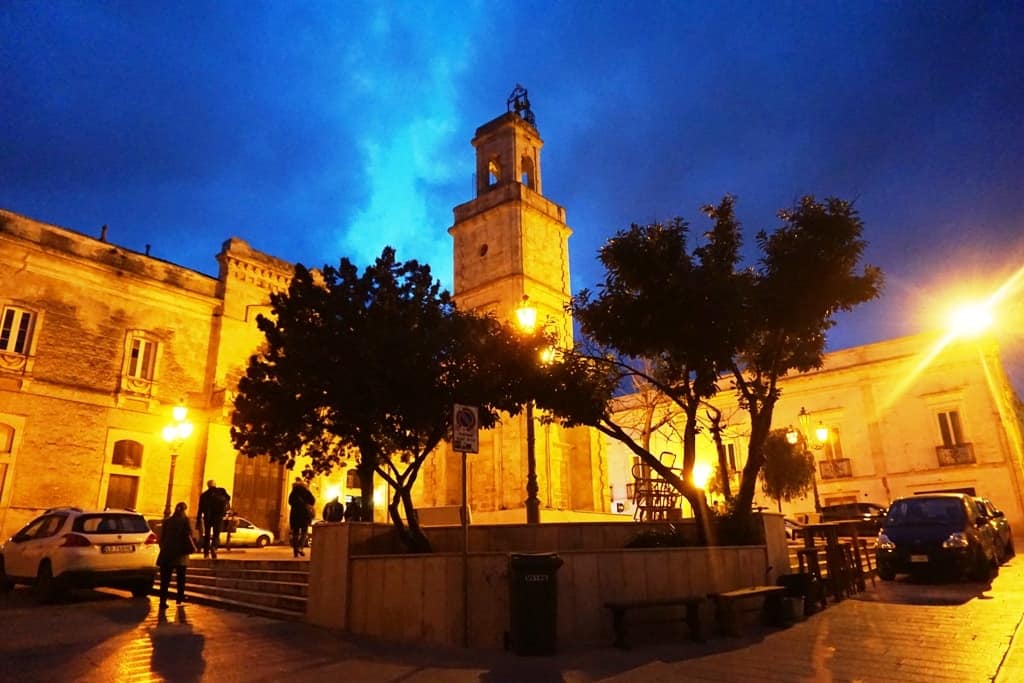
That evening, we met Orsola, a Pugliese grandmother who invited us into her family’s bakery, Forno Ottocento, to try our hand at making orecchiette, the local pasta, the traditional way. While it may sound simple, there are all sorts of tricks and secrets that go into making your own pasta, and as always, practise makes perfect.
Traditional orecchiette is made from flour and water, then kneaded until it is the right consistency. Then, you must cut it into pieces and roll each up like a little sausage, which you then cut again into little pieces. Using a butter knife, roll the pasta and form it into a ear shape. It sounds simple but it was very difficult.
After the orecchiete class we had aperitivo that consisted of primitivo, meats, cheese, jams, and freshly baked savoury bread, before enjoying a five-course meal prepared by Orsola. Everything was delicious!
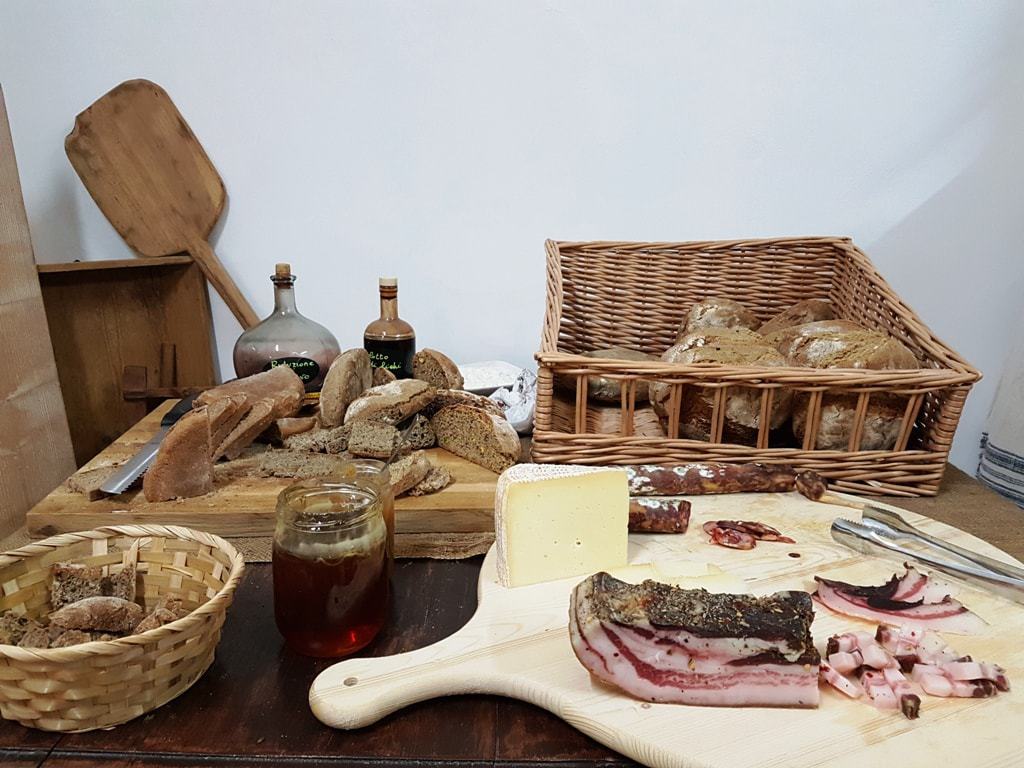
Another excellent thing to do in Ginosa is wine tasting at Domenico Rosso Winery. The sommelier at this family-owned winery near Taranto previously worked at Alain Ducasse at The Dorchester in London and returned home to his Italian roots. With his expertise and knowledge, guests at Domenico Rosso are certainly in good hands.
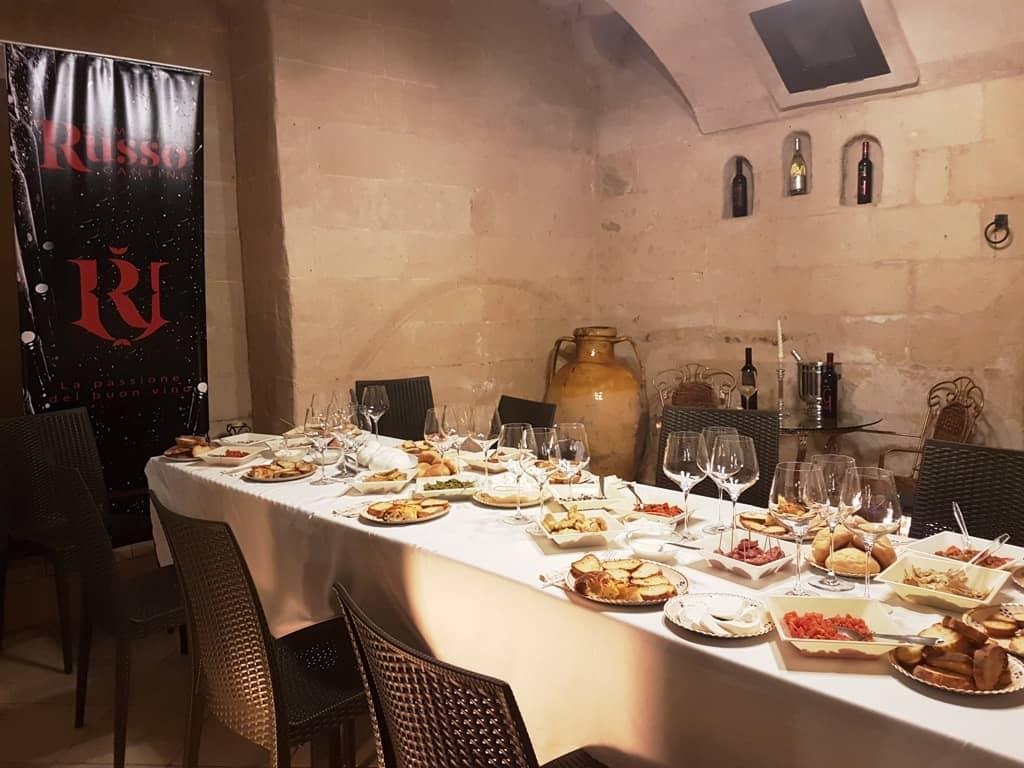
Our tasting began with a Malvasia sparkling wine, then a selection of white wines before switching to the famously local primitivo grape. Domenico Rosso produces three reds from the primitivo varietal, and we tried all three. The tasting was accompanied by a very wonderful selection of traditional dishes, some of which we were familiar with. Here, we tried the famous stracciatella cheese as well as a braided mozzarella. We also had focaccia, which is a pizza-like dough baked and served with various fillings. It differs from pizza as there is no tomato sauce atop it.
There is no better place to purchase focaccia as its intended – a street food – than from the corner bakery in Ginosa. Panificio Piccolo, run by a native Pugliese named Peppino, prepares everything the traditional way, which he learned from his parents who used to run the bakery. Focaccia is his speciality, and while we were there there was a delightful array of focaccia waiting to be put into the oven. Peppino was very passionate about his craft and insisted we wait for freshly baked buns!
After all of this food, you might find yourself needing a new (bigger) shirt. As this is Italy, although you may not feel as though you are in Italy, there are talented artisans who create simple shirts made of the finest material. Angelo Inglese is one such artisan. His business, G. Inglese, is a family business started by his grandmother and carried on by his father. Each shirt is entirely cut and sewn by hand. G. Inglese is so well known that Angelo made both the shirt that Prince William wore on his wedding day and that Donald Trump wore for his inauguration.
The final experience of Ginosa is a hot air balloon flight with Landing on South Italy, over the gravine. This was the highlight of my trip to Ginosa, but it was also my first hot air balloon flight. The views from above were simply incredible and it was such a treat to experience it on a beautiful Italian morning! After the balloon ride we had a pic nic with wine and local products.
What to See and Do in Laterza
Laterza is located only a few minutes drive from Ginosa, toward Bari. It too is set along a deep ravine and has cave dwellings similar to the Ginosan one. We took a guided tour of the Old Town, where we had the chance to visit the gravine, Ceramic Museum and local artisan shop, and Palazzo Marchesale. Palazzo Marchesale was first and foremost a defensive fortress built in the 14th century to defend against neighbouring lords. Traces of the original drawbridge and crenellated walls are visible, although in the 16th century the castle was destroyed to build a new one.
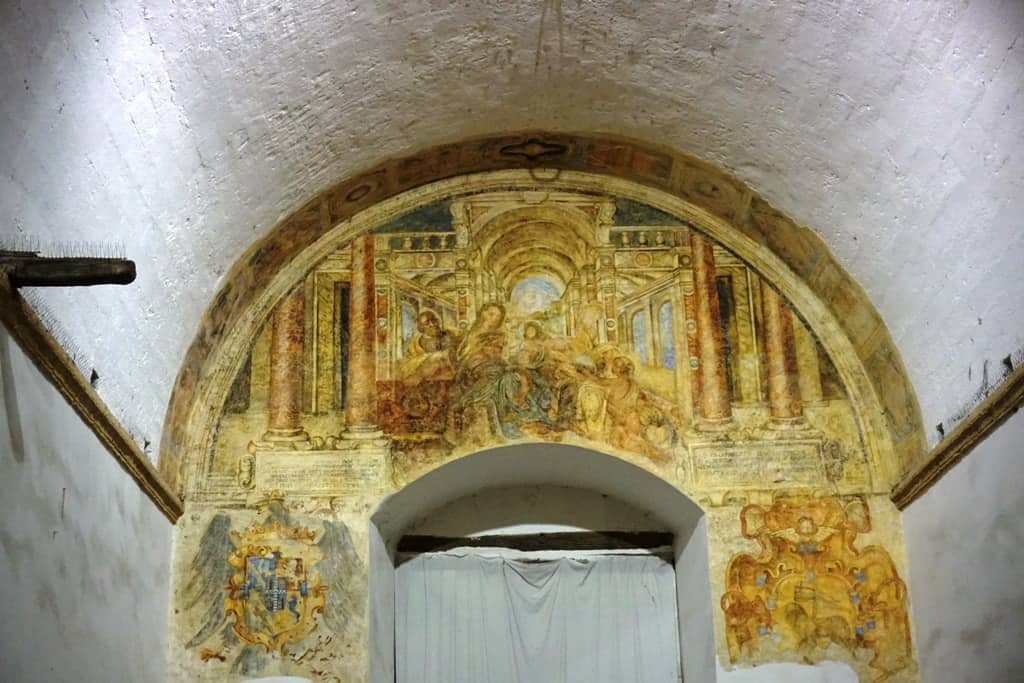
Laterza’s gravine is the heart of the Terra della Gravine Regional Park. It is here, in the 11th century, that the Appennine civilisation was founded. Of the more than 30 rupestrian, rock-carved churches and numerous dwellings, there are plenty that have not yet been explored. Archaeologists continue to find artefacts here that date the human habitation back millennia. In addition to its importance in Italian and Pugliese history, Laterza’s ravine is also one of the largest canyons in Europe.
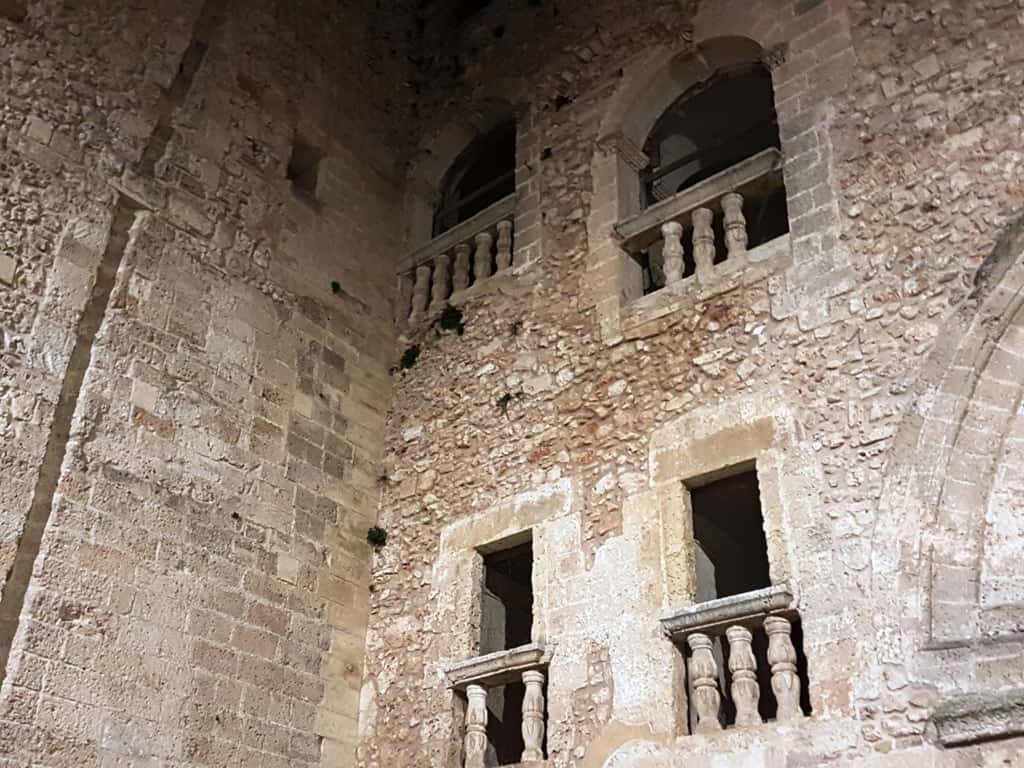
The Museum of Majolica, in English known as the Museum of Earthenware, is located within the Palazzo Marchesale. Laterza is considered to be the birthplace of ceramics; it’s location on the Via Appia, which ran from Taranto to Rome, was of significant importance even before the Roman Empire. The white Majolica rock, decorated with vibrant blues and yellows, creates the Lateran ceramics, which are as distinguishable around the world today as they were in antiquity.
After our visit to the museum, we visited one of the many ceramic artisans in town. This is a must do while you are in Laterza and most are more than happy to speak with visitors about their exceptional artistry.
Finally, you cannot be in an Italian town and not taste some of the local delicacies! We stopped at a butcher shop, which may seem like an odd choice except that here it is common to have a separate dining area off the main butcher shop. Although we were the first to enter, within minutes of our arrival the room was filled with families enjoying their lively Saturday evening. The owner, Domenico Tamborrino, served us a selection of grilled, skewered meats and a popular regional dish: grilled offal, which is liver, spleen, and intestine sausage rolls.
Things to See and Do in Mottola
Mottola, which is located east of Matera and further along the main road from Ginosa to Taranto, is another small village famous for its rock-carved churches and cave dwellings. The settlements here are just as narrow and vertical as those in Ginosa. Mottola is home to some of the most complete, surviving examples of this unique form of architecture.
The churches here, namely San Nicola and San Gregorio, are excellent examples of negative space architecture of the Greco-Byzantine and Latin open-air places of worship. Both churches are famous for their surviving frescoes. The Church of Saint Nicholas’s frescoes span the 9th to 14th centuries, while the Church of Saint Gregory’s frescoes date back to the 9th century.
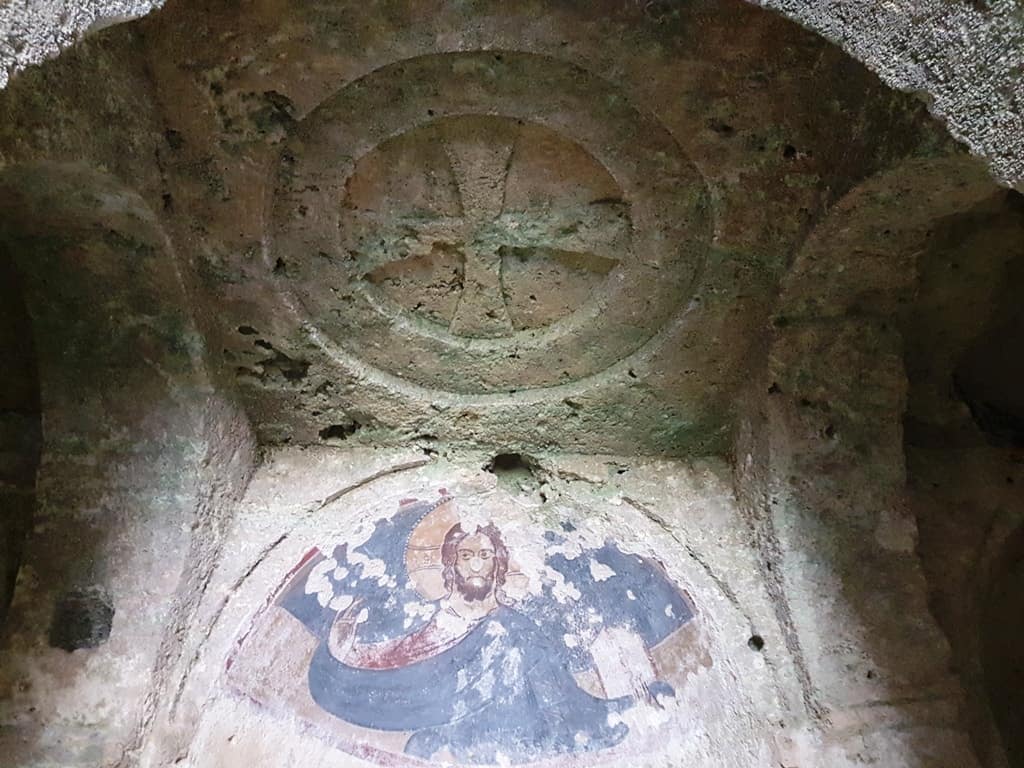
Attractions in Massafra
Massafra is near Mottola. It’s deep, mysterious gorges hide some of the region’s most important rock-carved churches. We took a walking tour of the old town before exploring some of these churches and crypts that are dotted through the landscape of the gravine of San Marco. There are numerous churches and hermitages here, and a guided tour is the best way to see them.
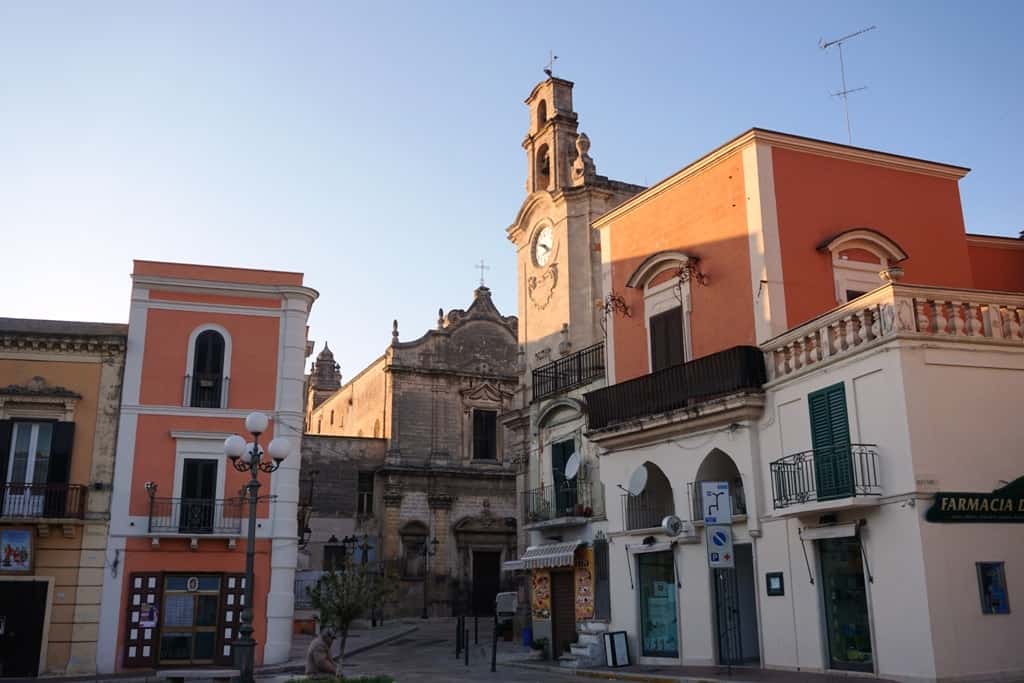
The Crypt of Candelora is home to one of the region’s most unique and detailed frescoes. The 12th-century church gets its name from the fresco, which depicts the Presentation of Jesus at the Temple. The nearby Sant’Antonio Abate and San Leonardo churches highlight the monastic style of life here. While the cliff dwellings in the ravine of San Marco appears to have been abandoned in the 15th century, the adjacent Madonna della Scala ravine was inhabited until the 18th century.
What to See and Do in Taranto
Taranto is known as the city of two seas, for its location on the Gulf of Taranto between the Mar Grande and Mar Piccolo (Great Sea and Small Sea). This strategic position has long influenced the city throughout history. The historic town centre is built along the two bridges that connect the old town with the new town. Both bridges were built in the 1880s.
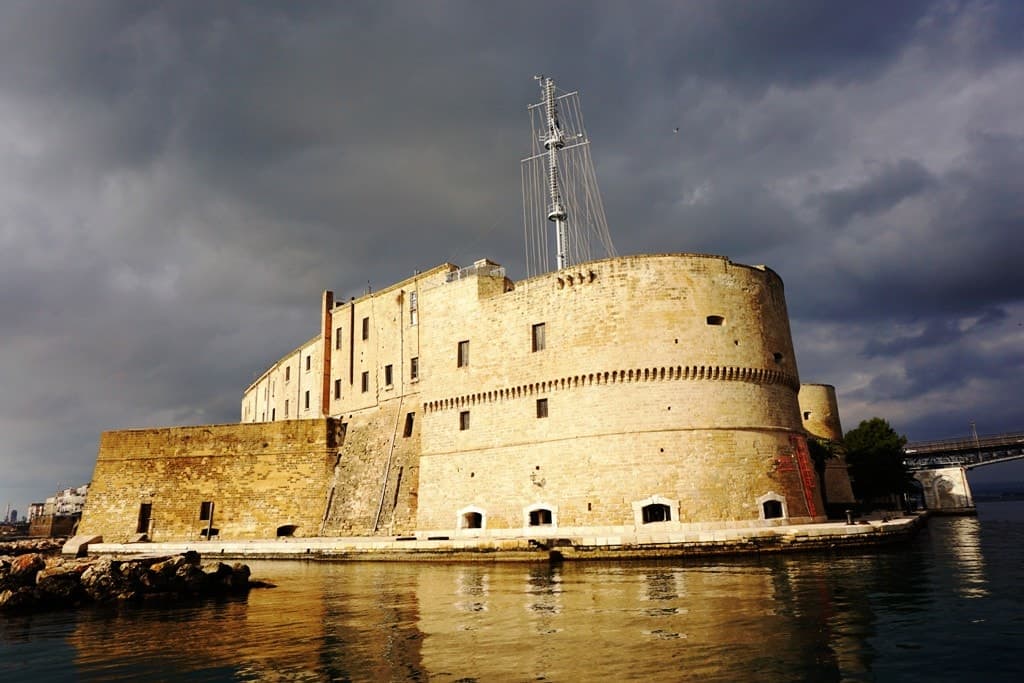

Rather than the rock-hewn churches, Taranto has two distinct cathedrals from the Romanesque and Gothic periods. The National Archaeological Museum, known as MarTa, is where you can view the Oro di Taranto, a collection of locally forged gold pieces, and various archaeological artefacts. Again, a walking tour with the Info Point is a great way to see the town.
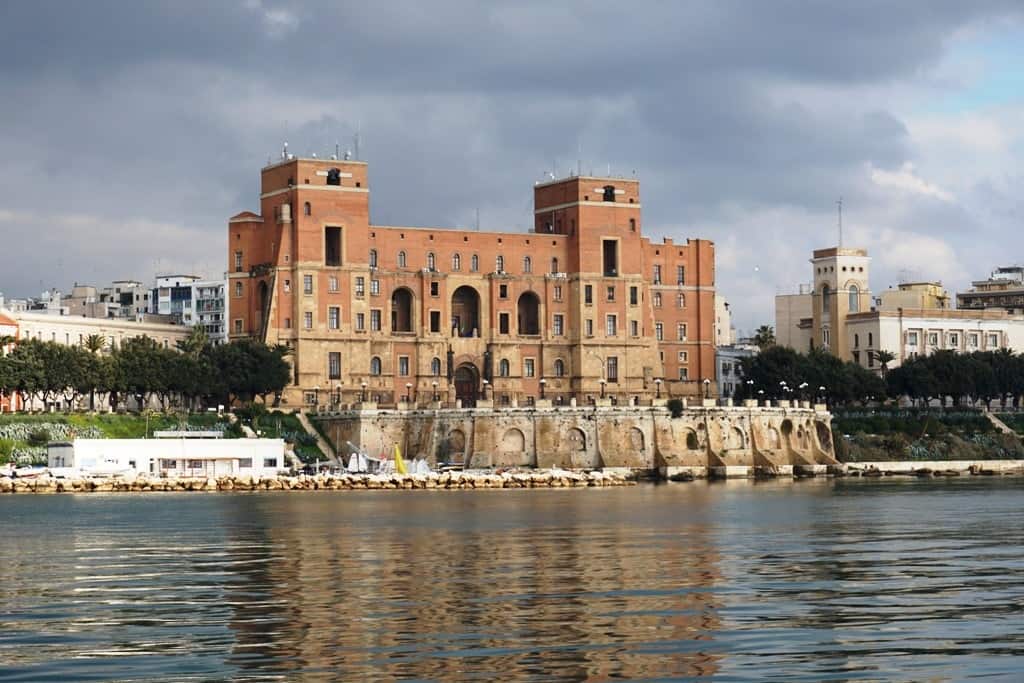
Taranto is also a great place to see marine life and protected wetlands. We took a three-hour tour with Jonian Dolphin Conservation into the Gulf of Taranto. On our short boat trip, we saw five dolphins, although in the summer you can see up to 200! Words are not enough to describe our excitement at seeing these playful creatures! The conservation program runs various dolphin watching and whale watching tours. Some are half-day and others are full day programs.
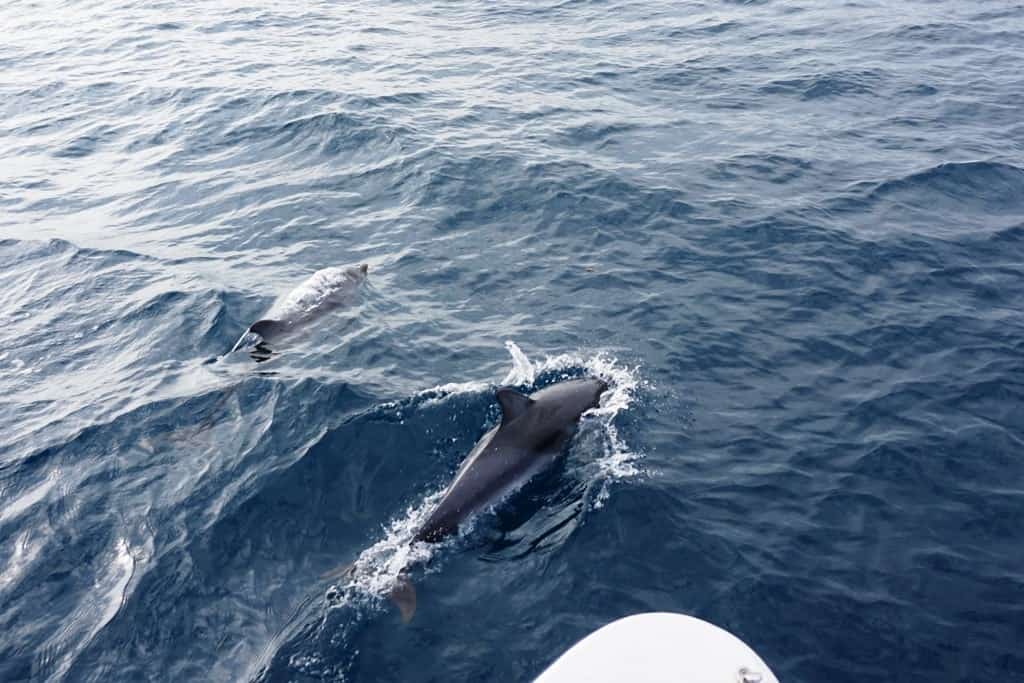
After our boat trip, we explored the Castellaneta Marina, and visited the protected Lago Salinella and Torre Mattoni. an adventure and nature park.
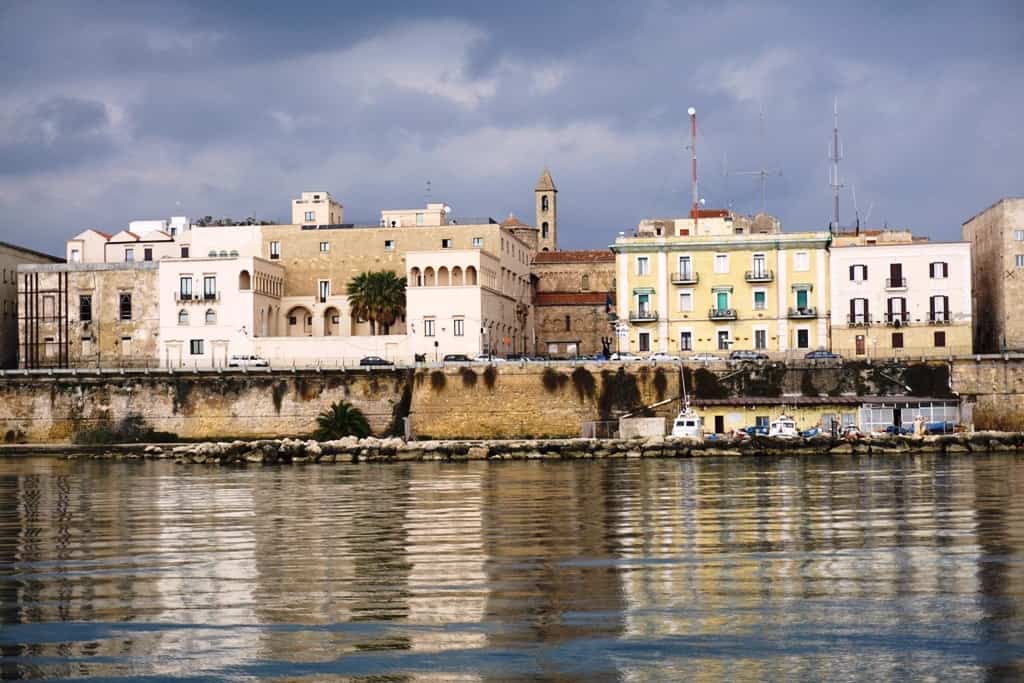
Our trip to Puglia, hosted by Puglia Promozione, was a delight. We had the chance to explore so many different aspects of Ginosa and its rugged surroundings, meet new people, and taste great food and wine. The tufa churches carved directly into the rocks are not unique to this region but are different to anything else found in Italy. Our hosts were excellent and knowledgeable, as were our local tour guides and everyone we met at bakeries, restaurants, and hotels. And who can forget the amazing food and wine we tasted every day?! Puglia is the perfect addition to an Italian itinerary and I recommend this region to everyone!

